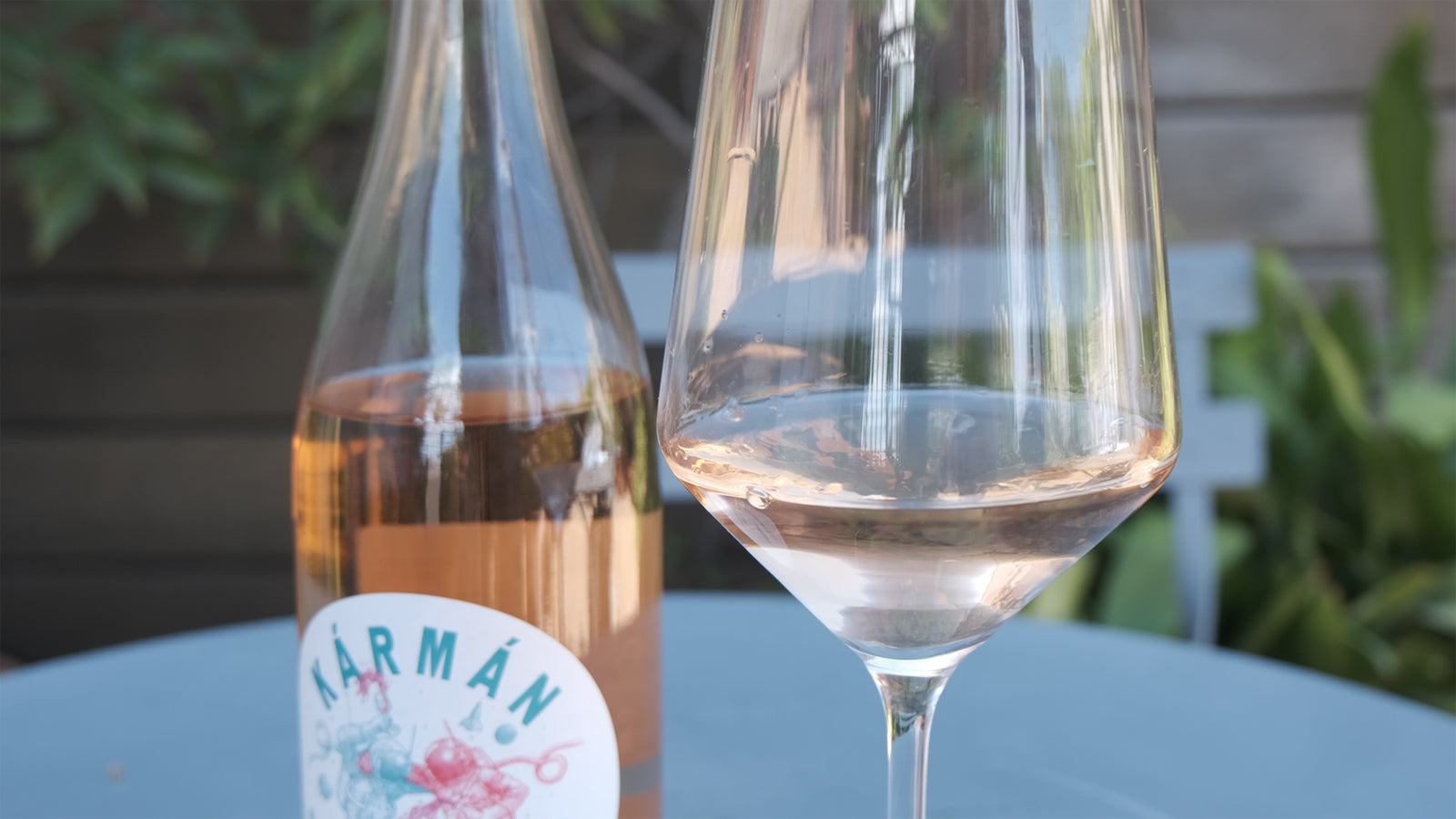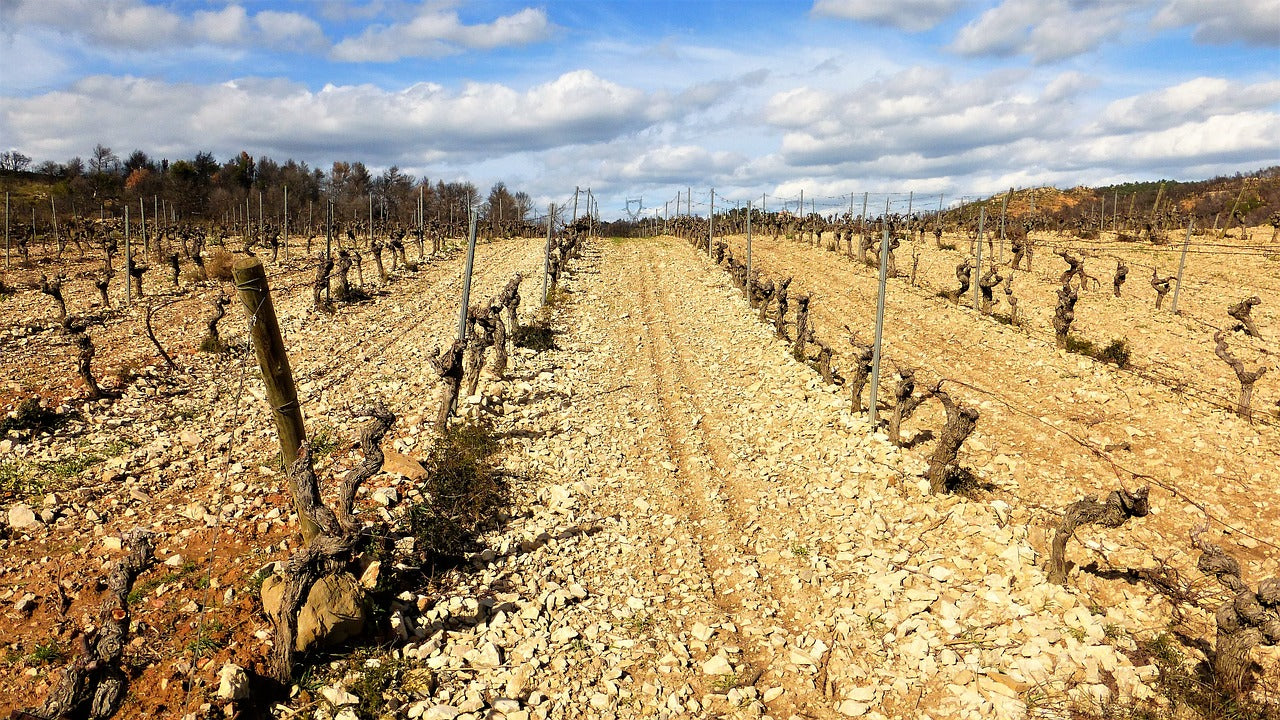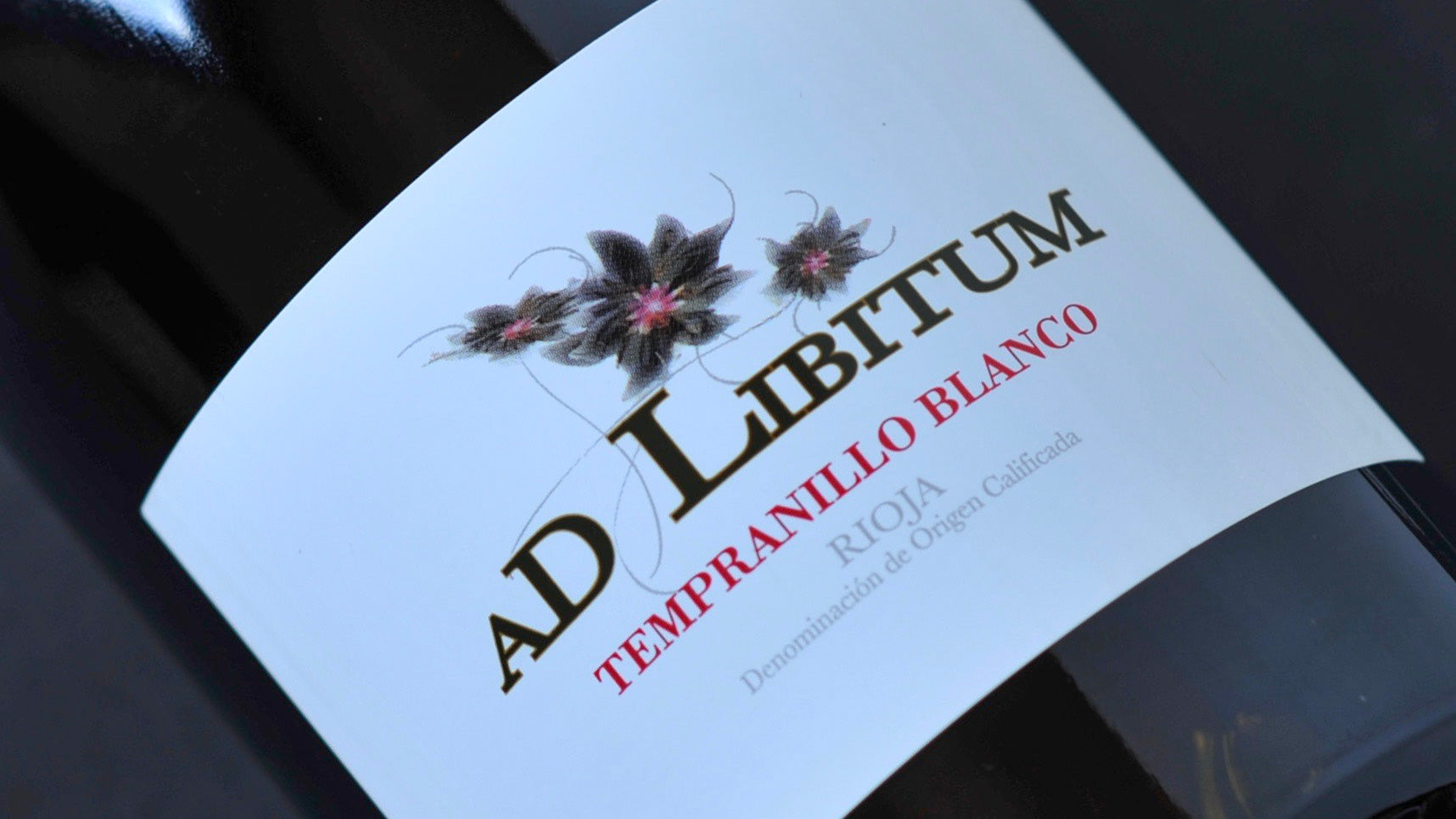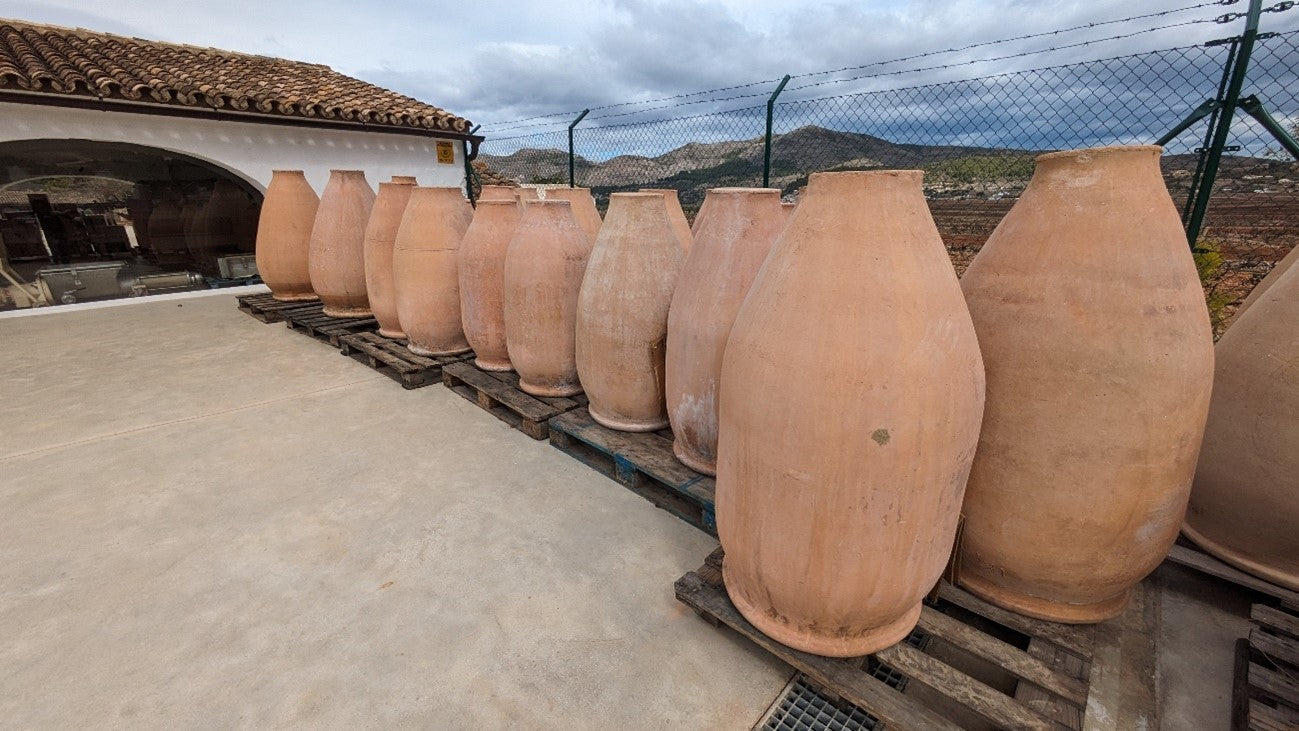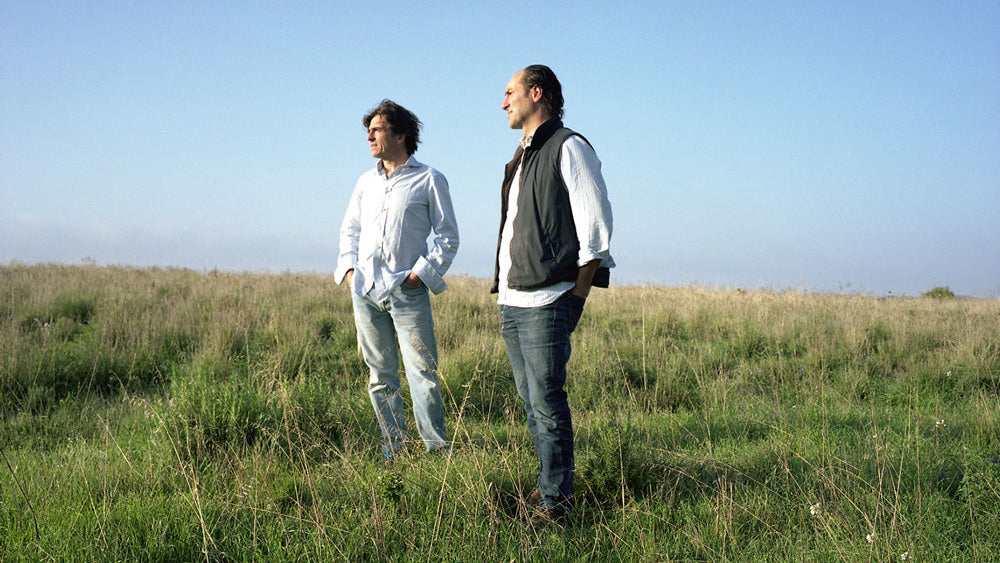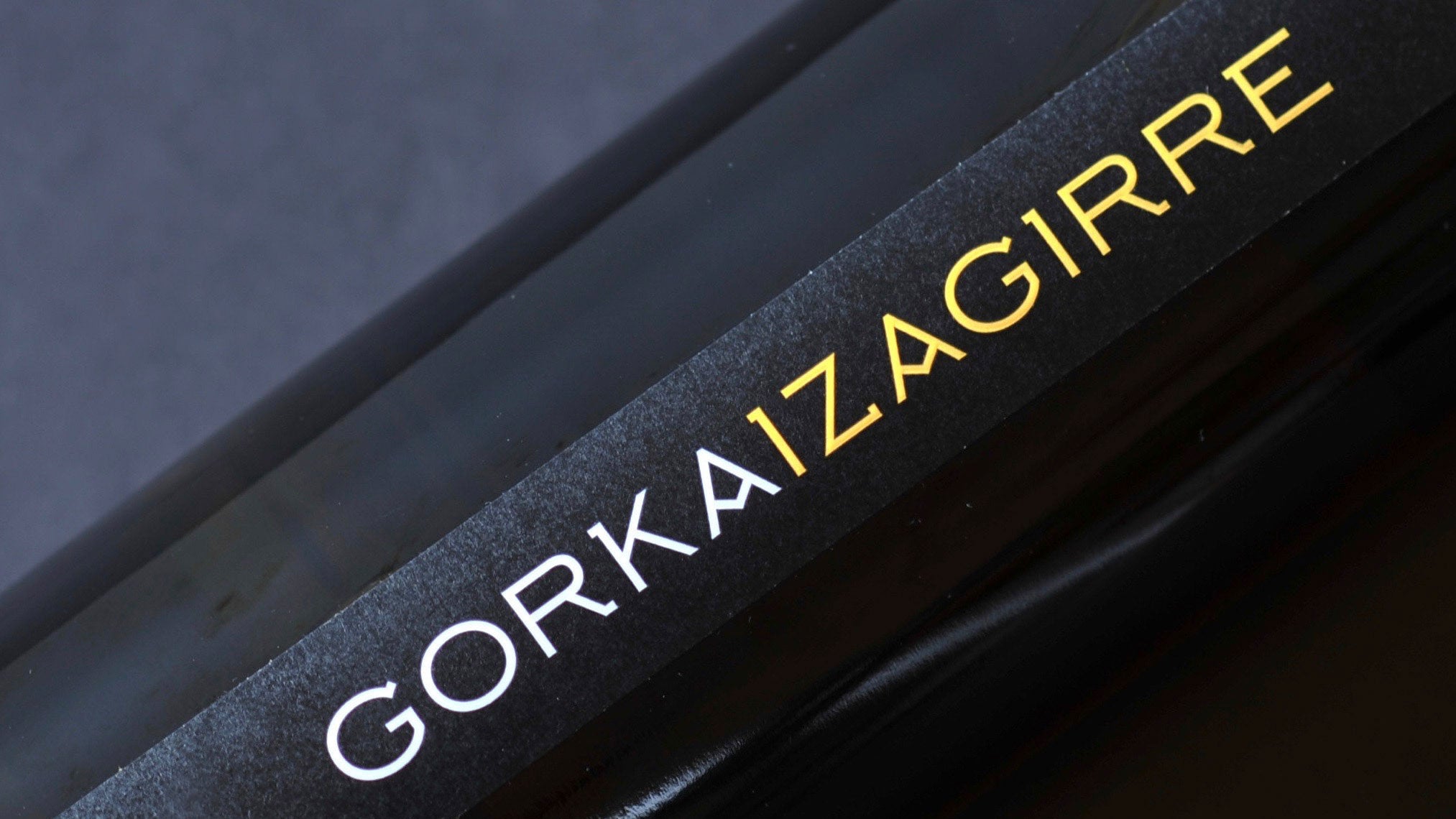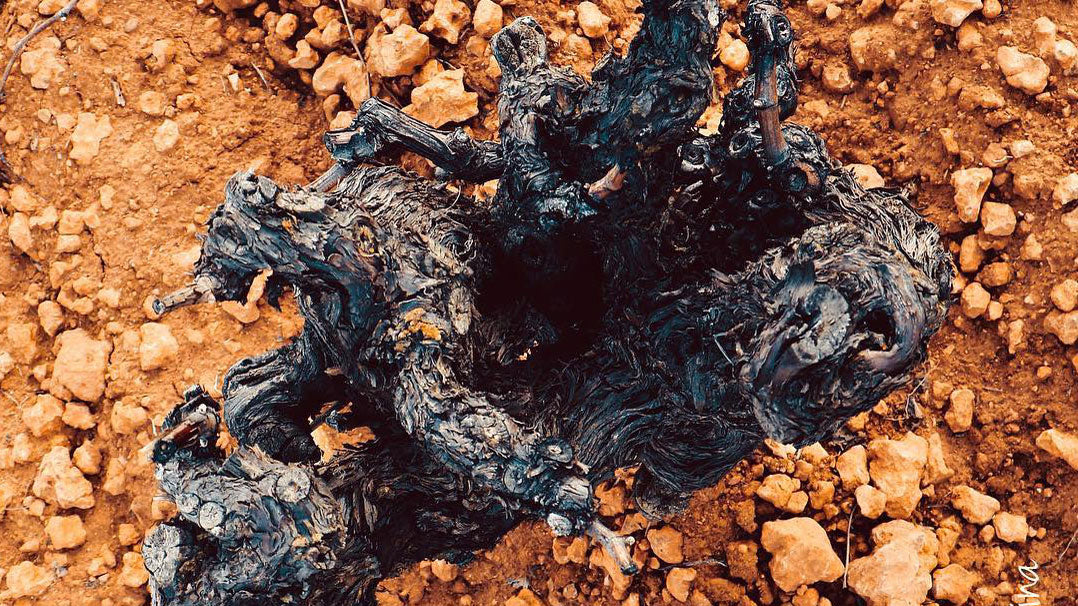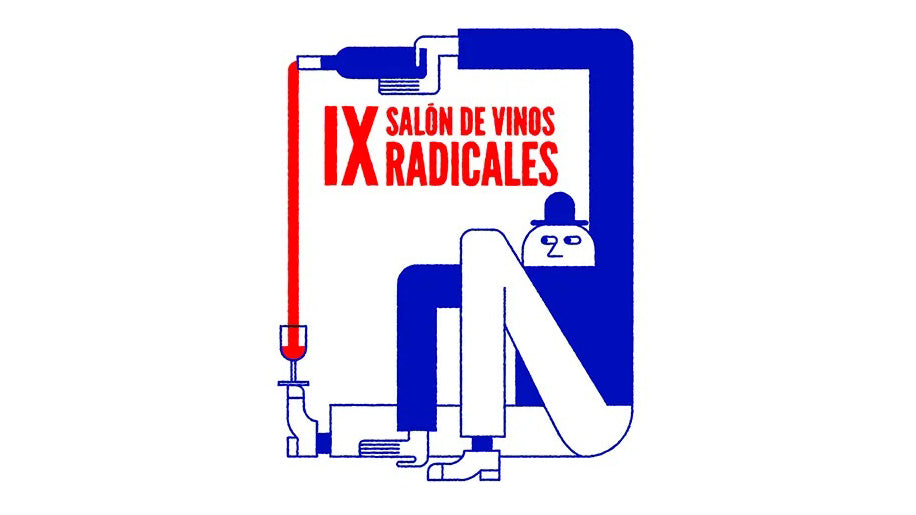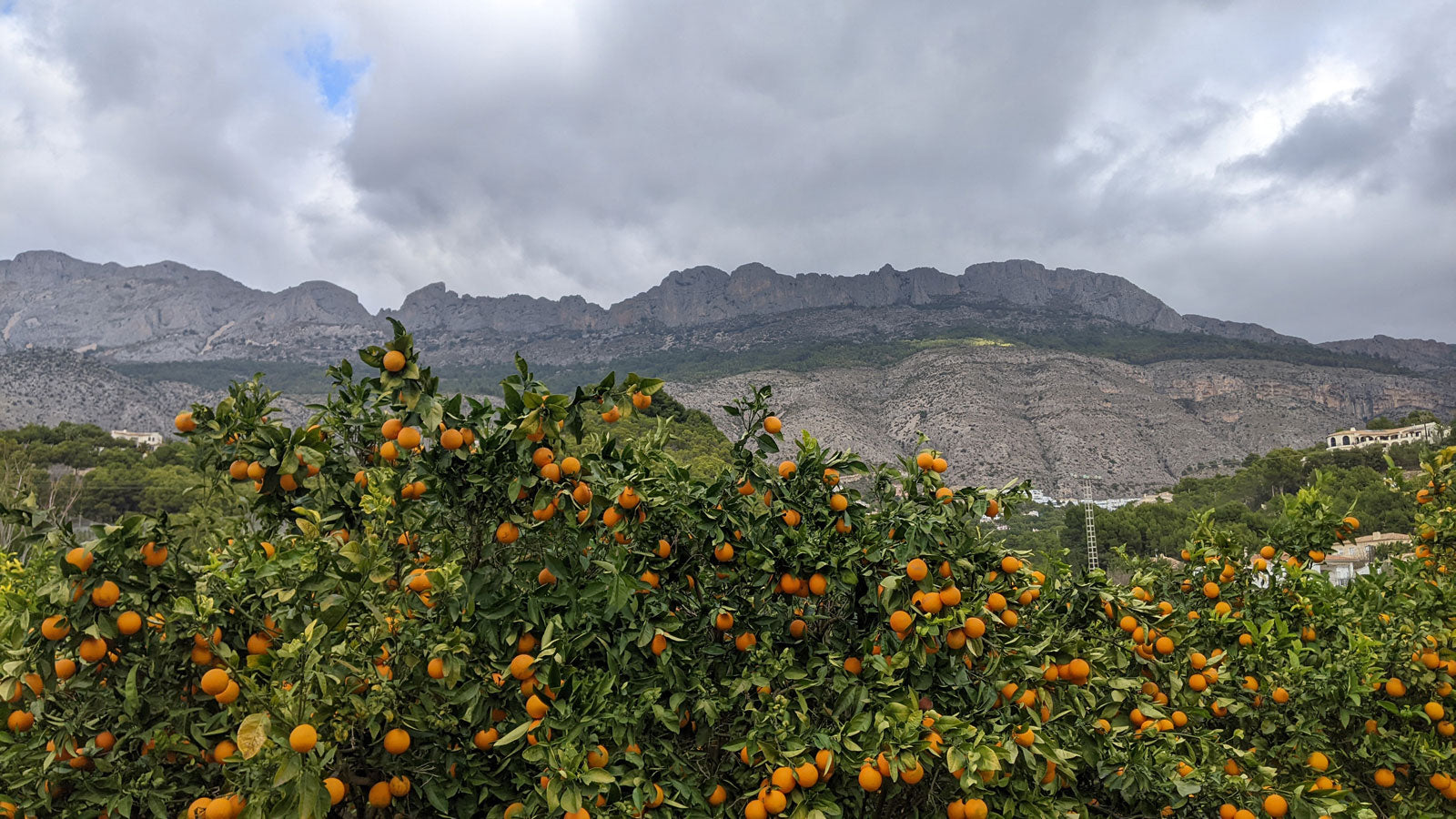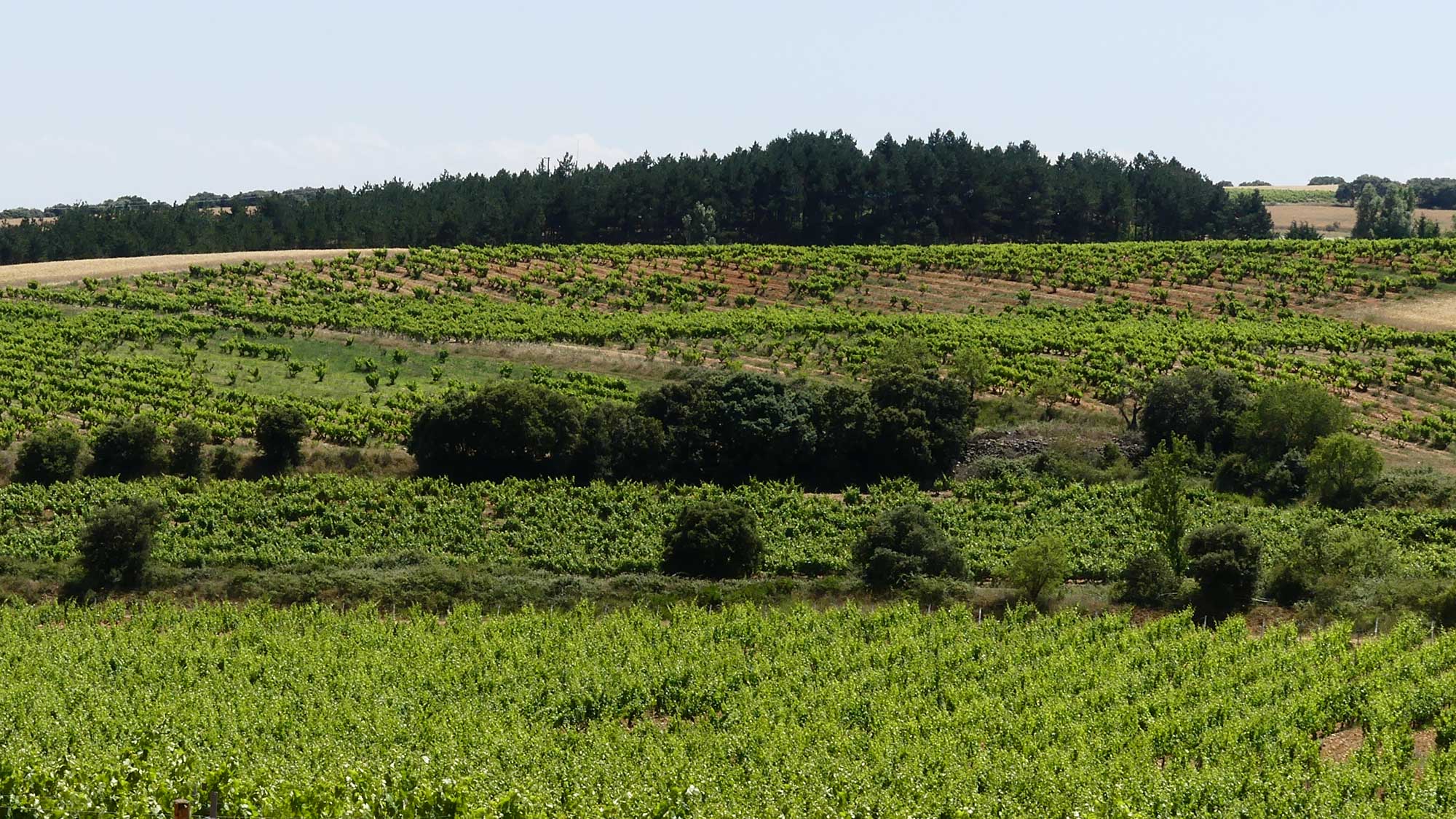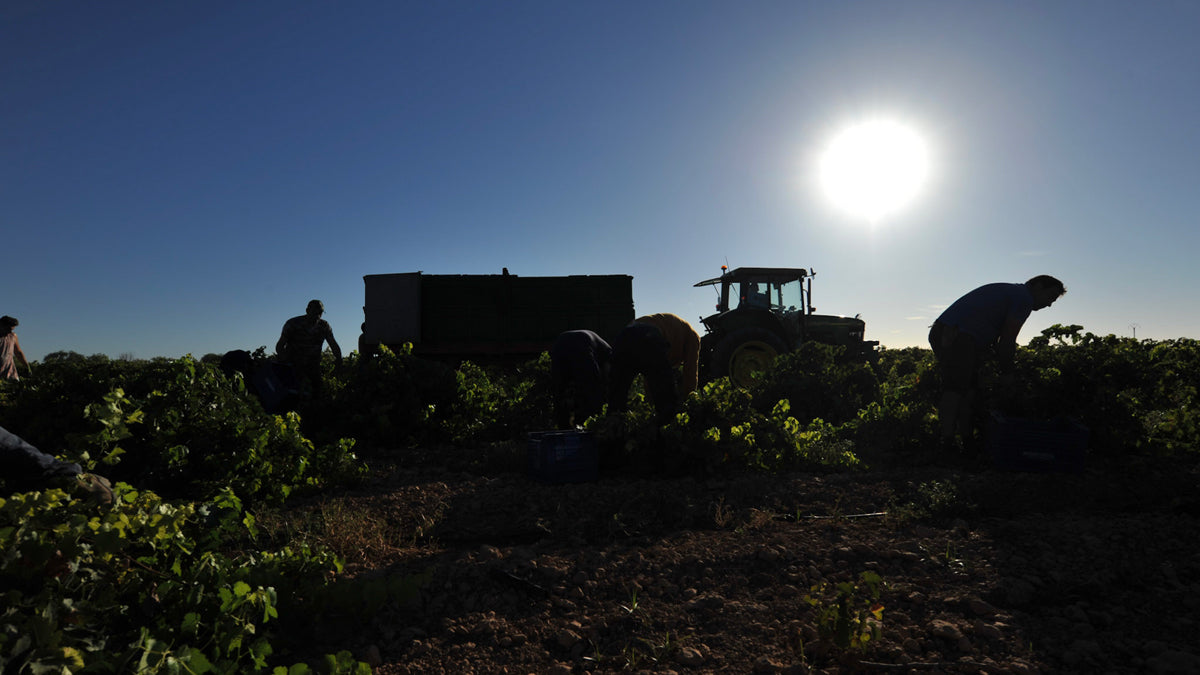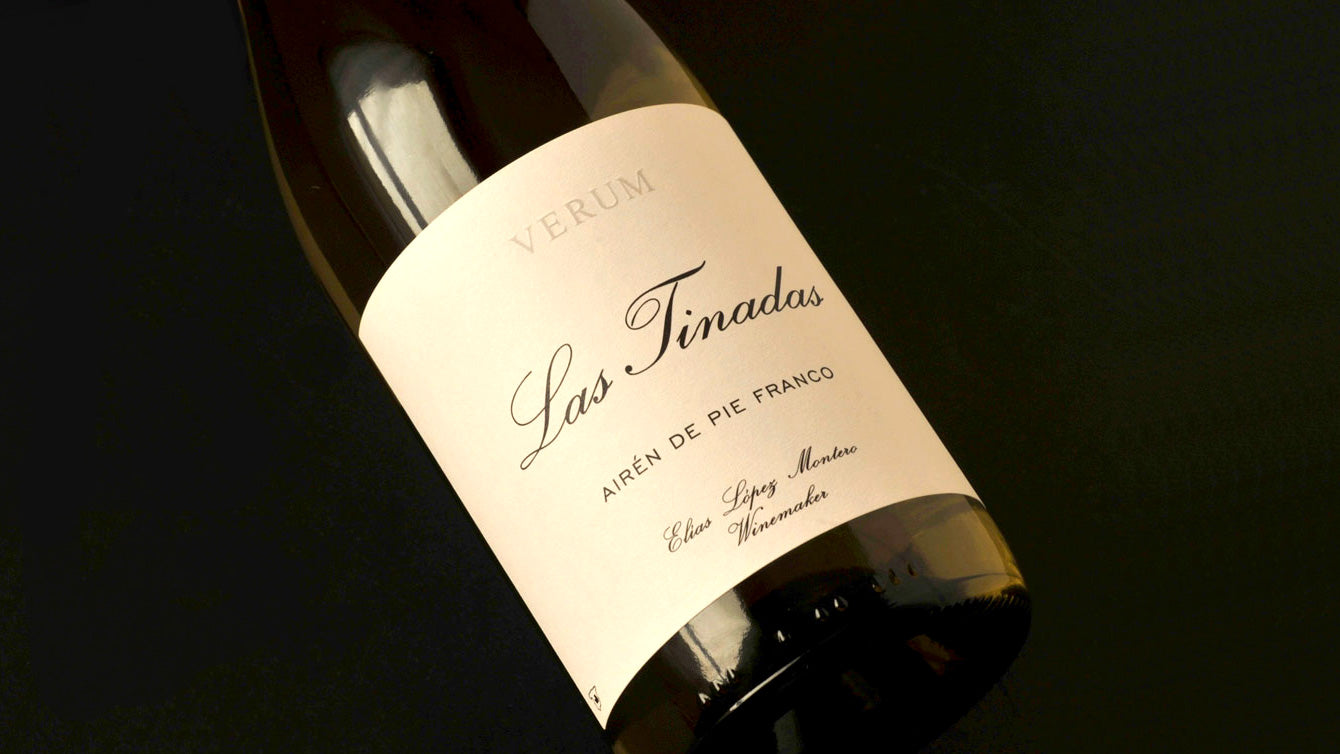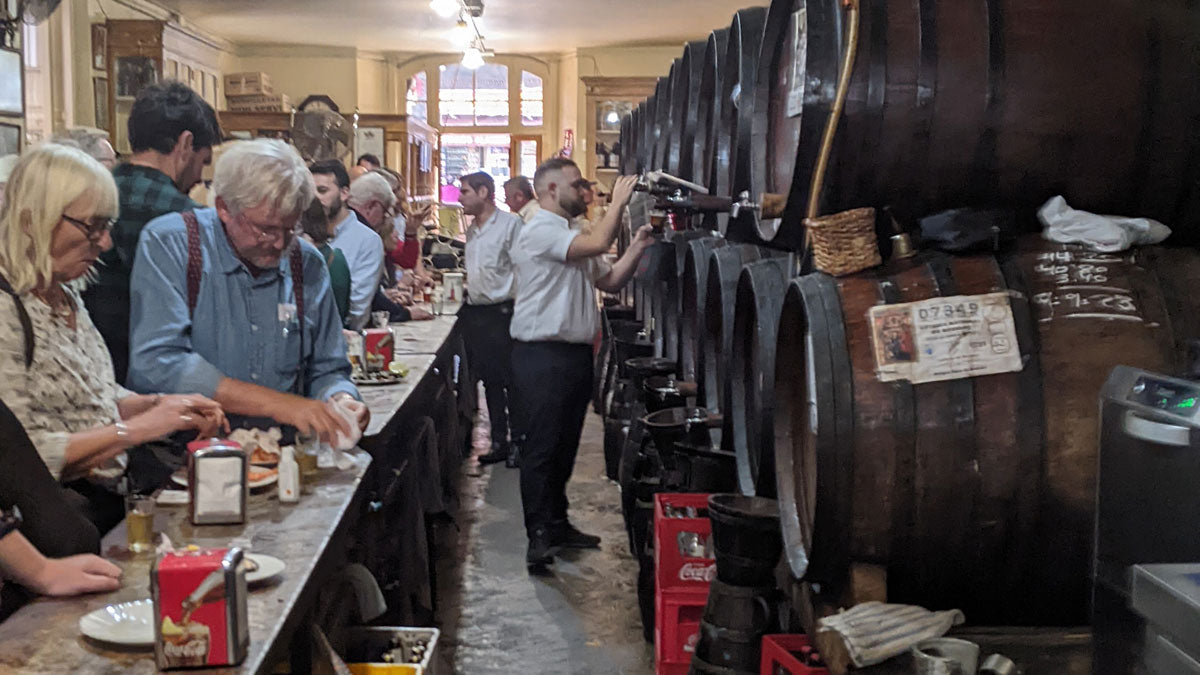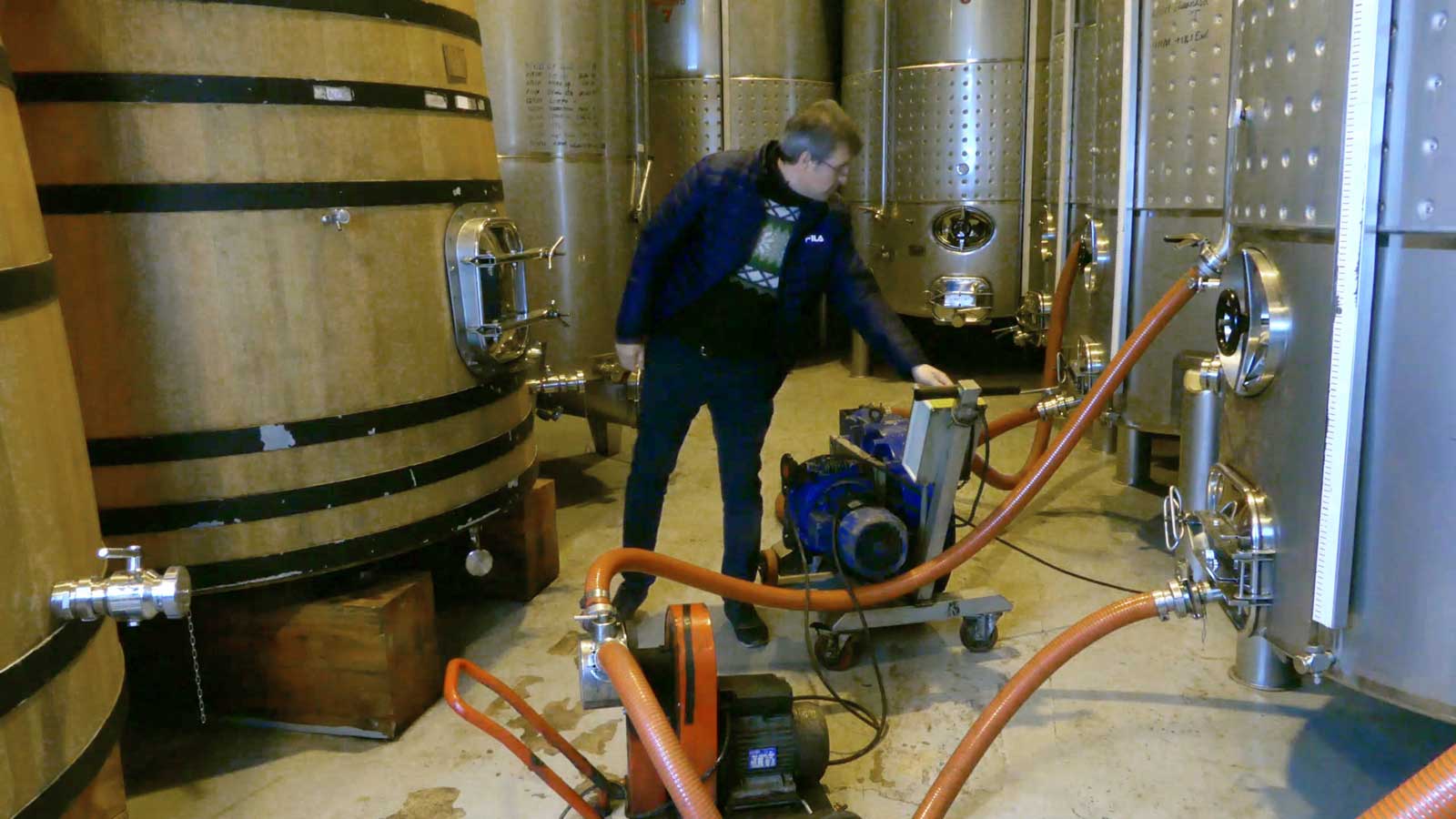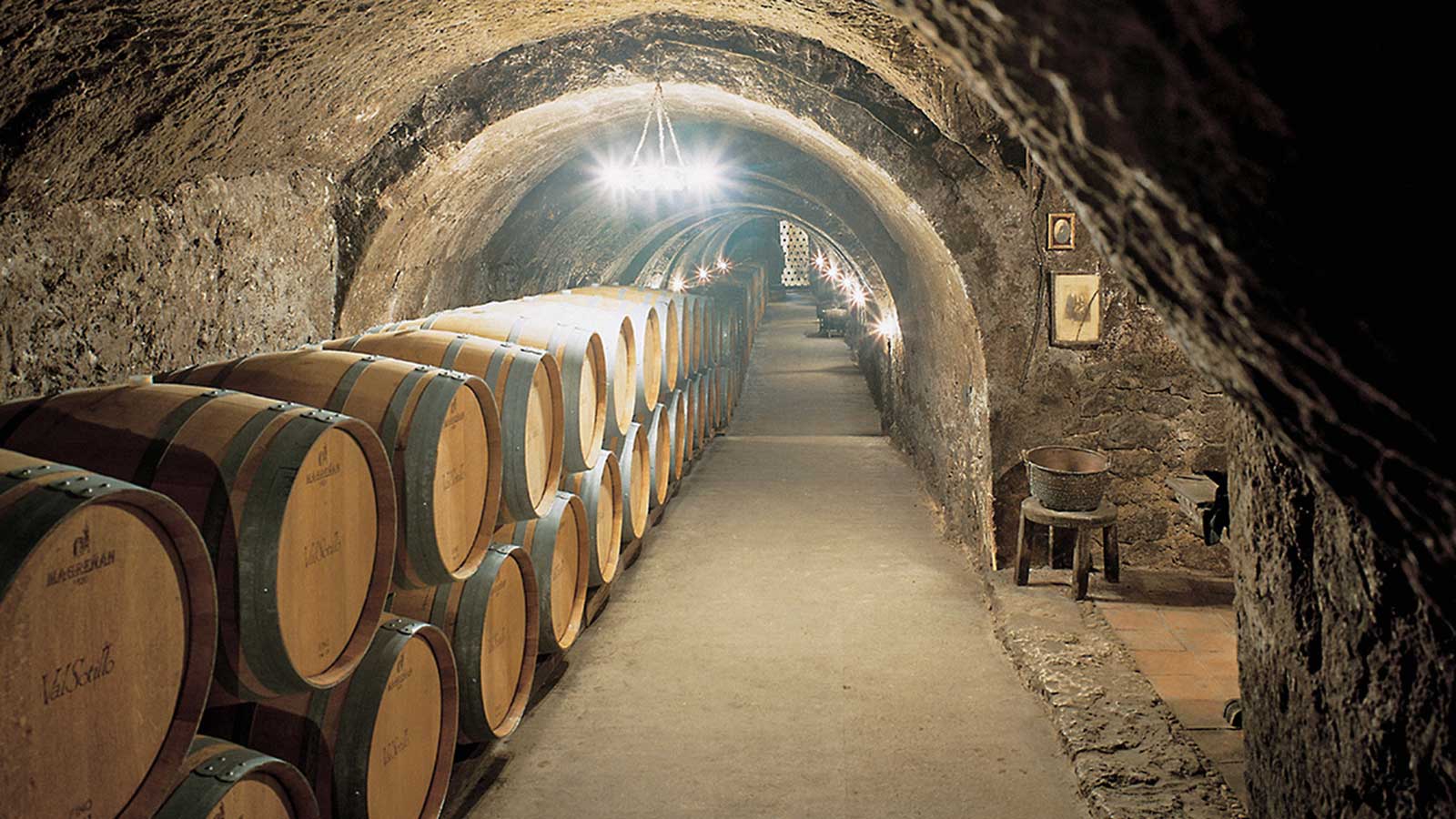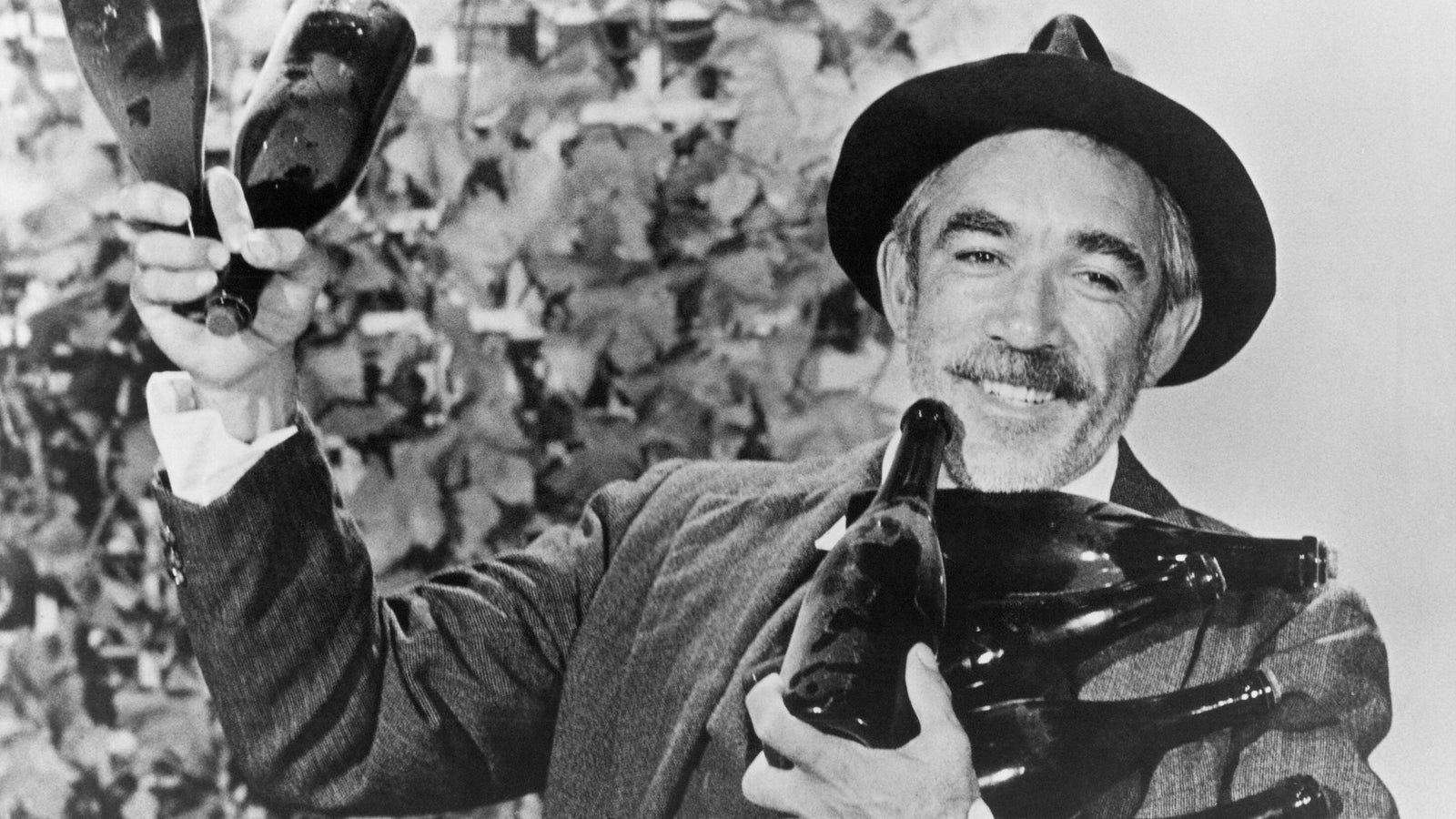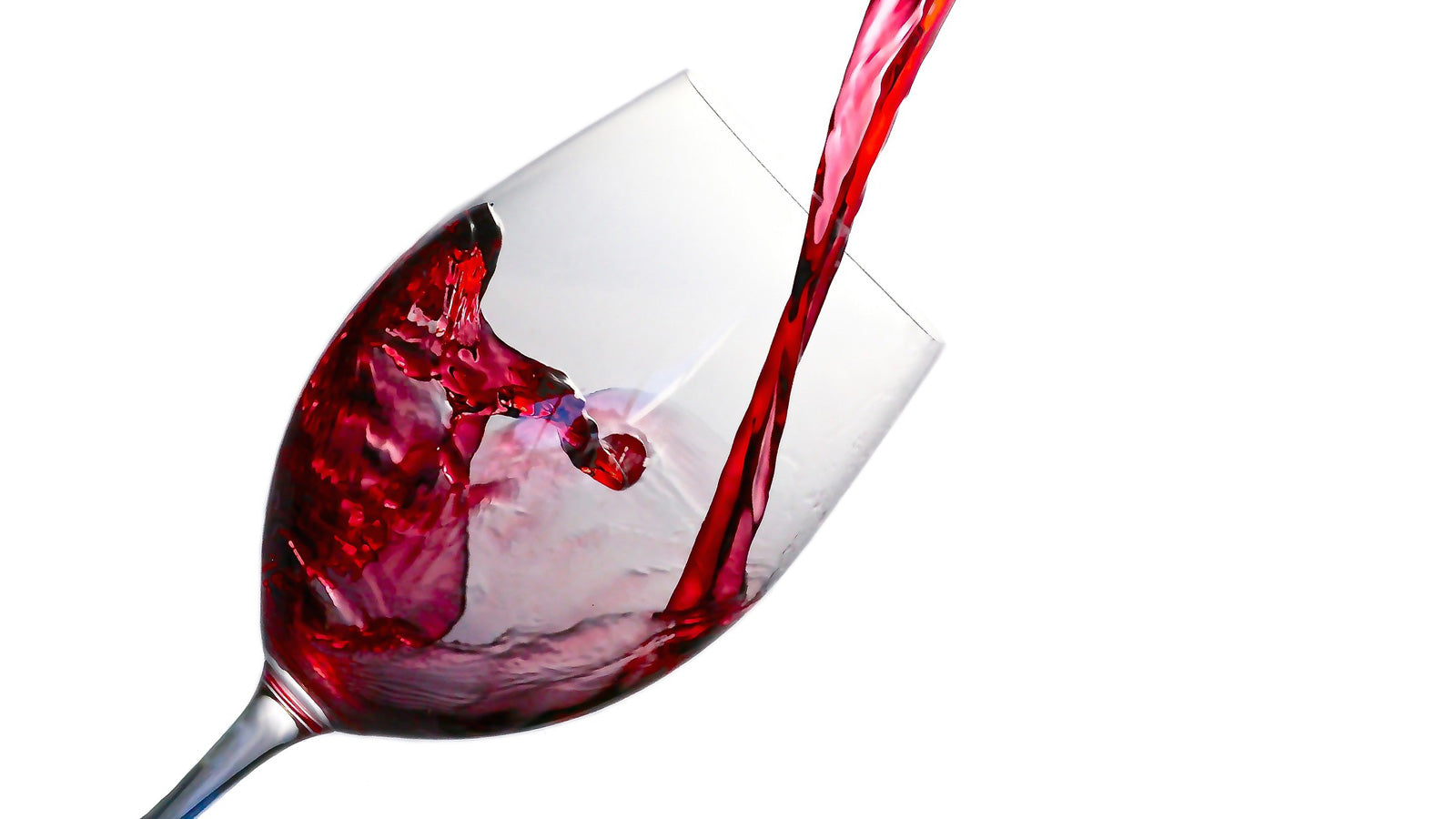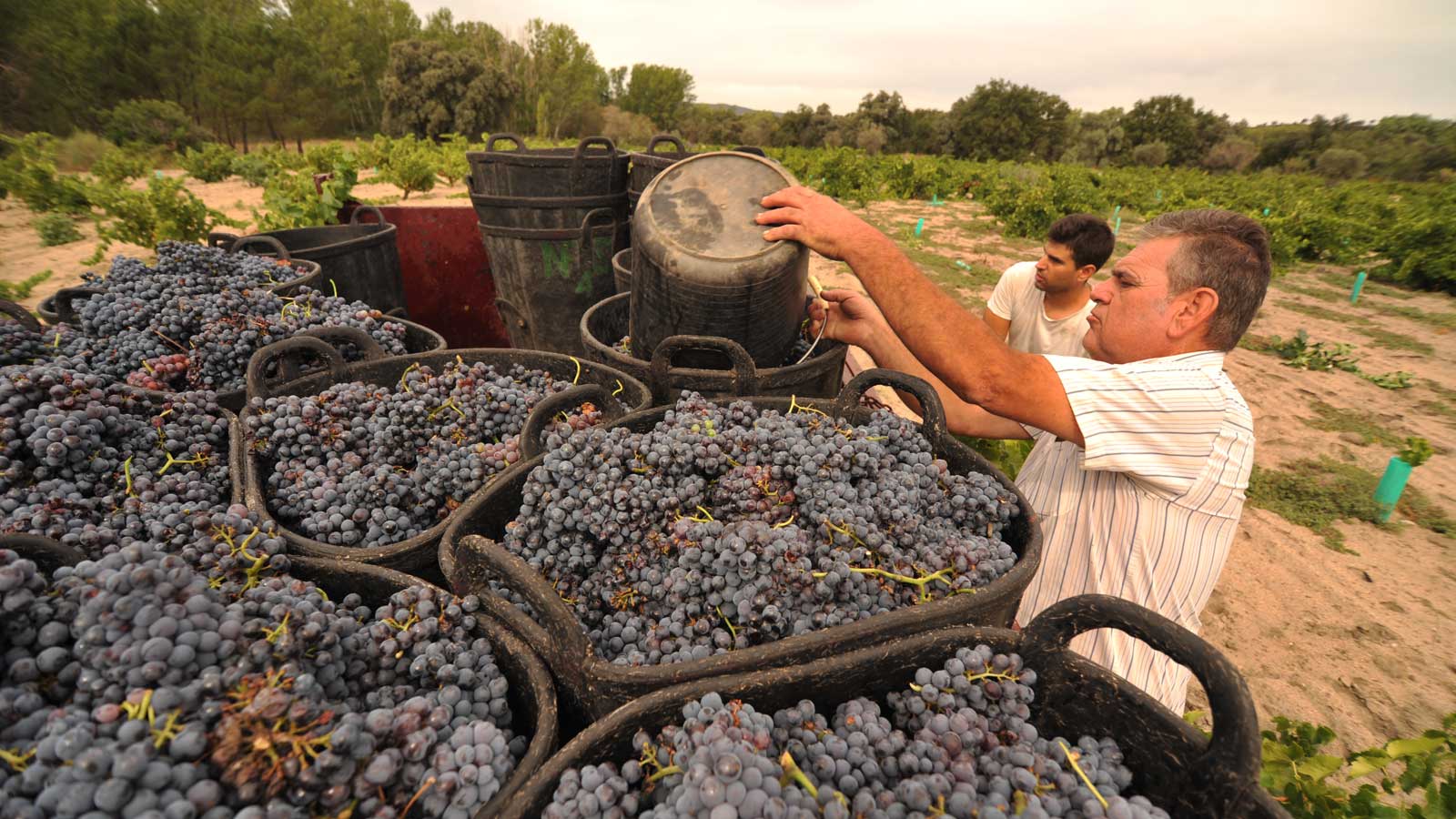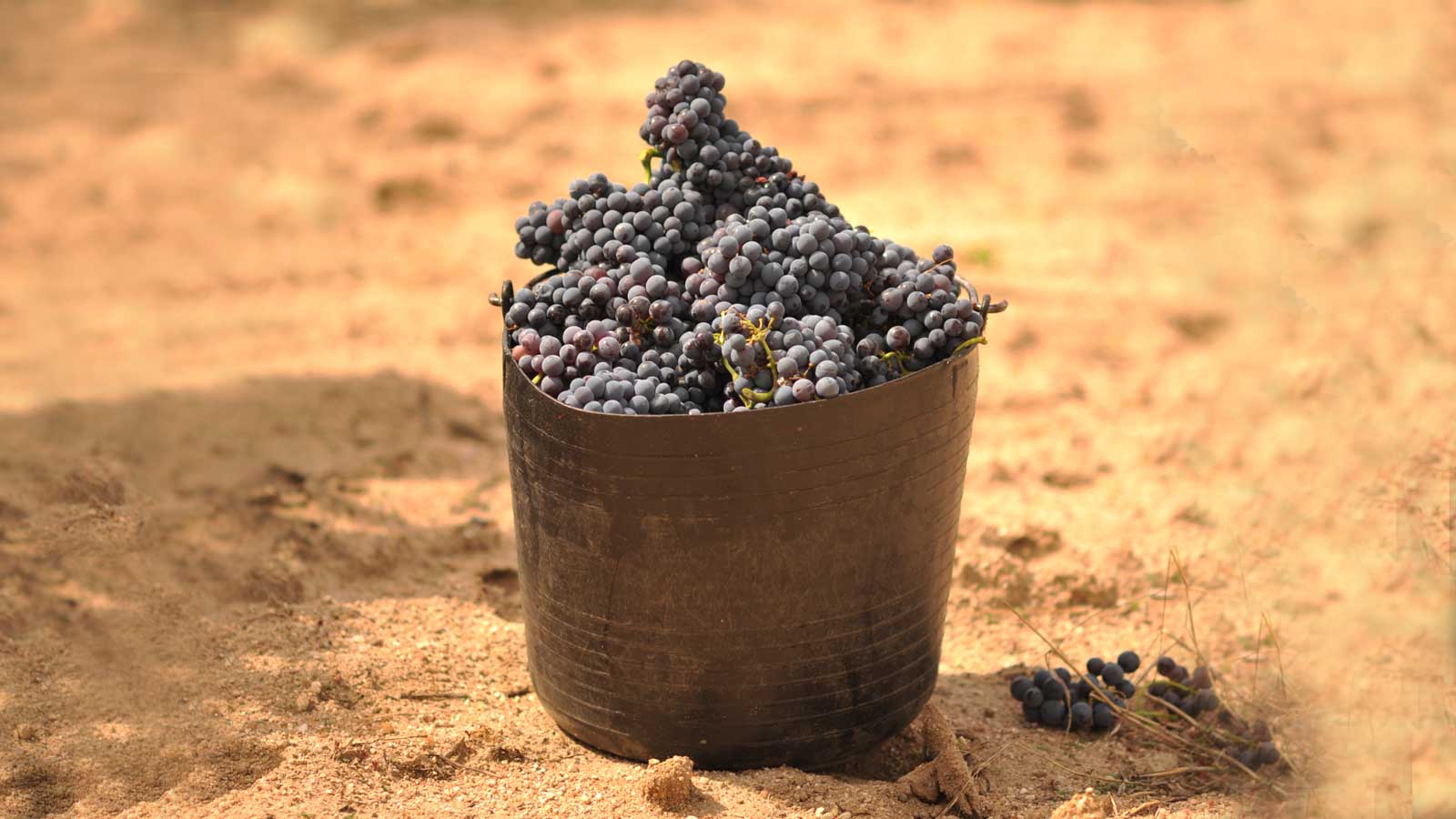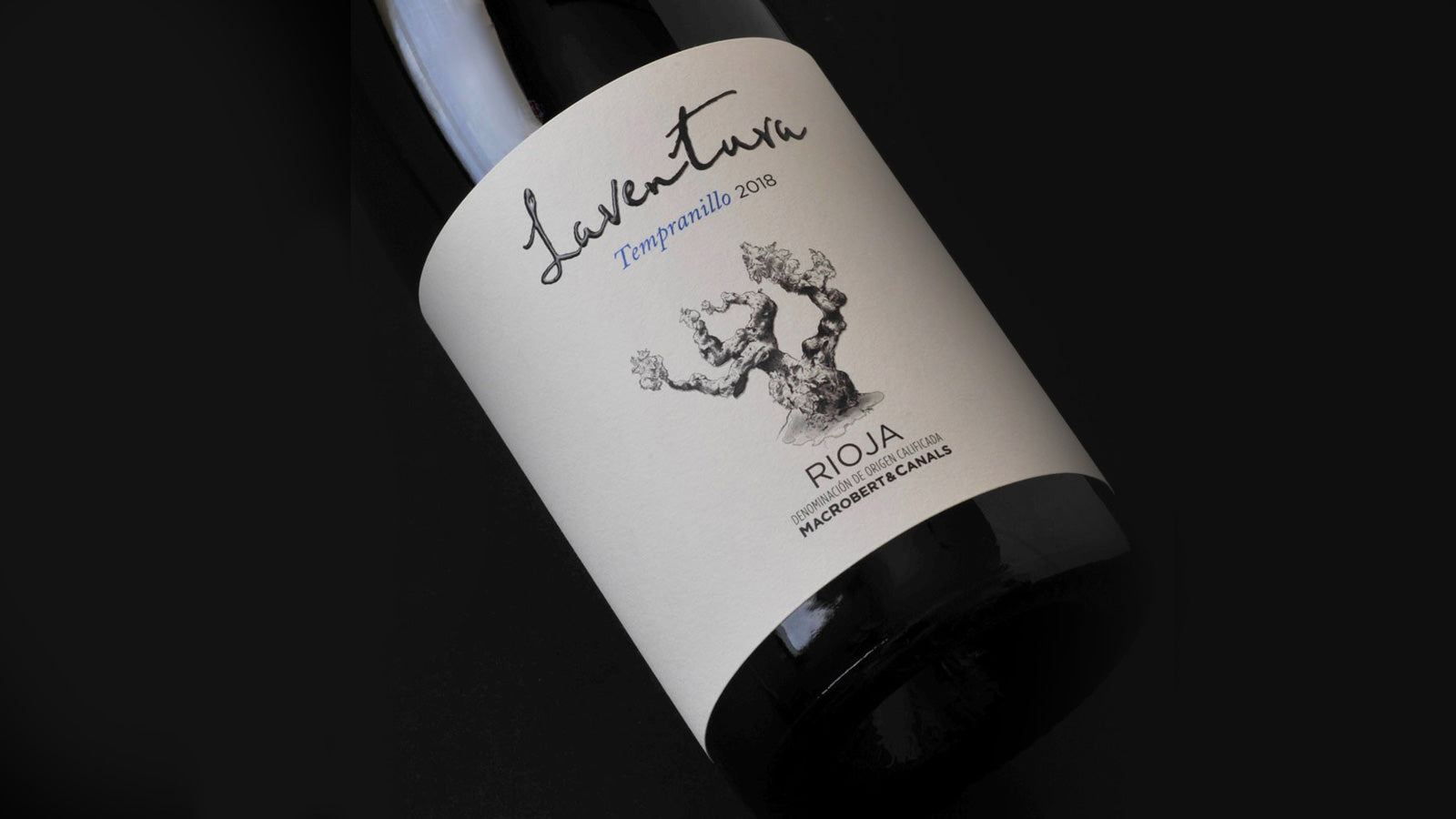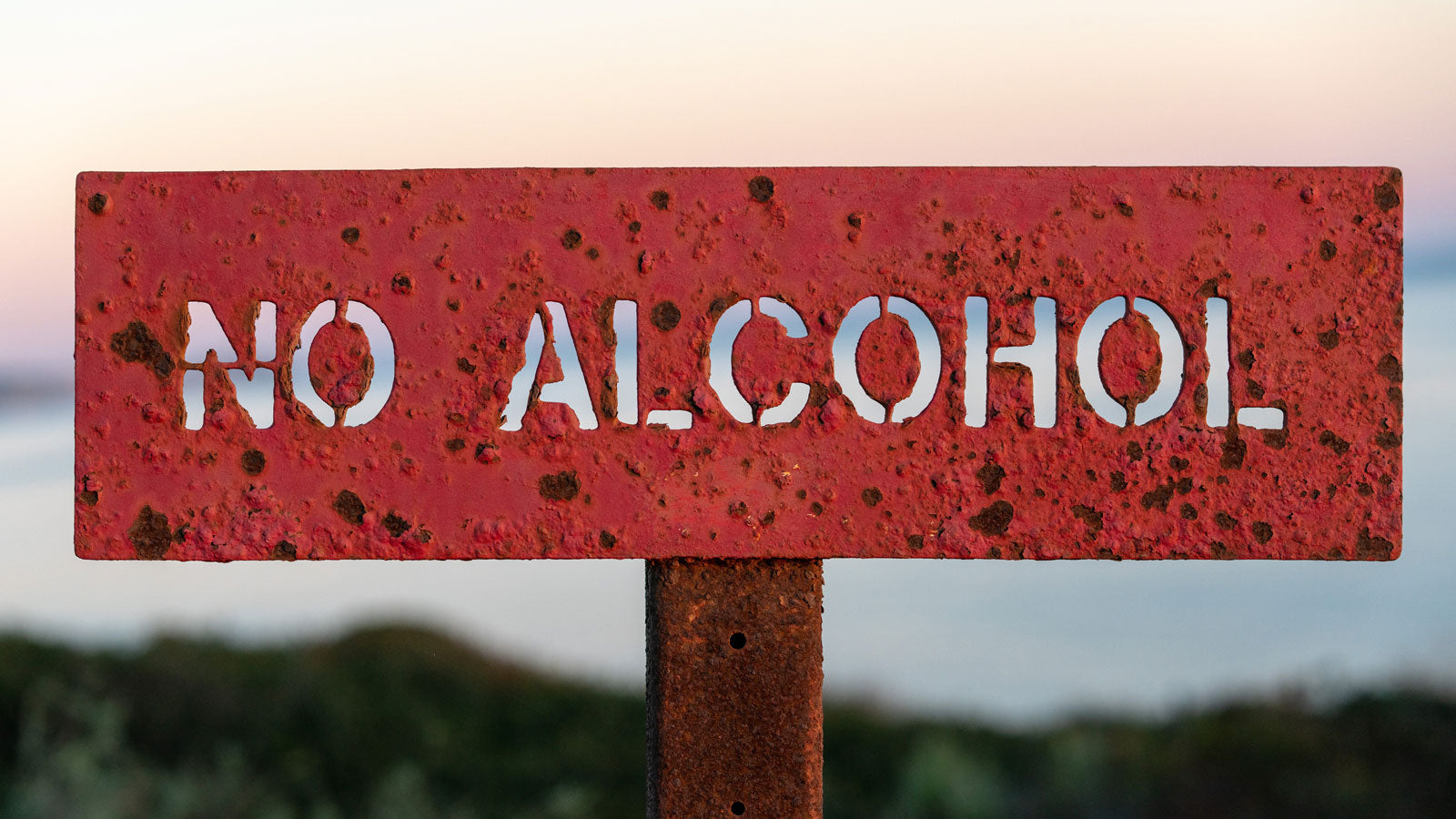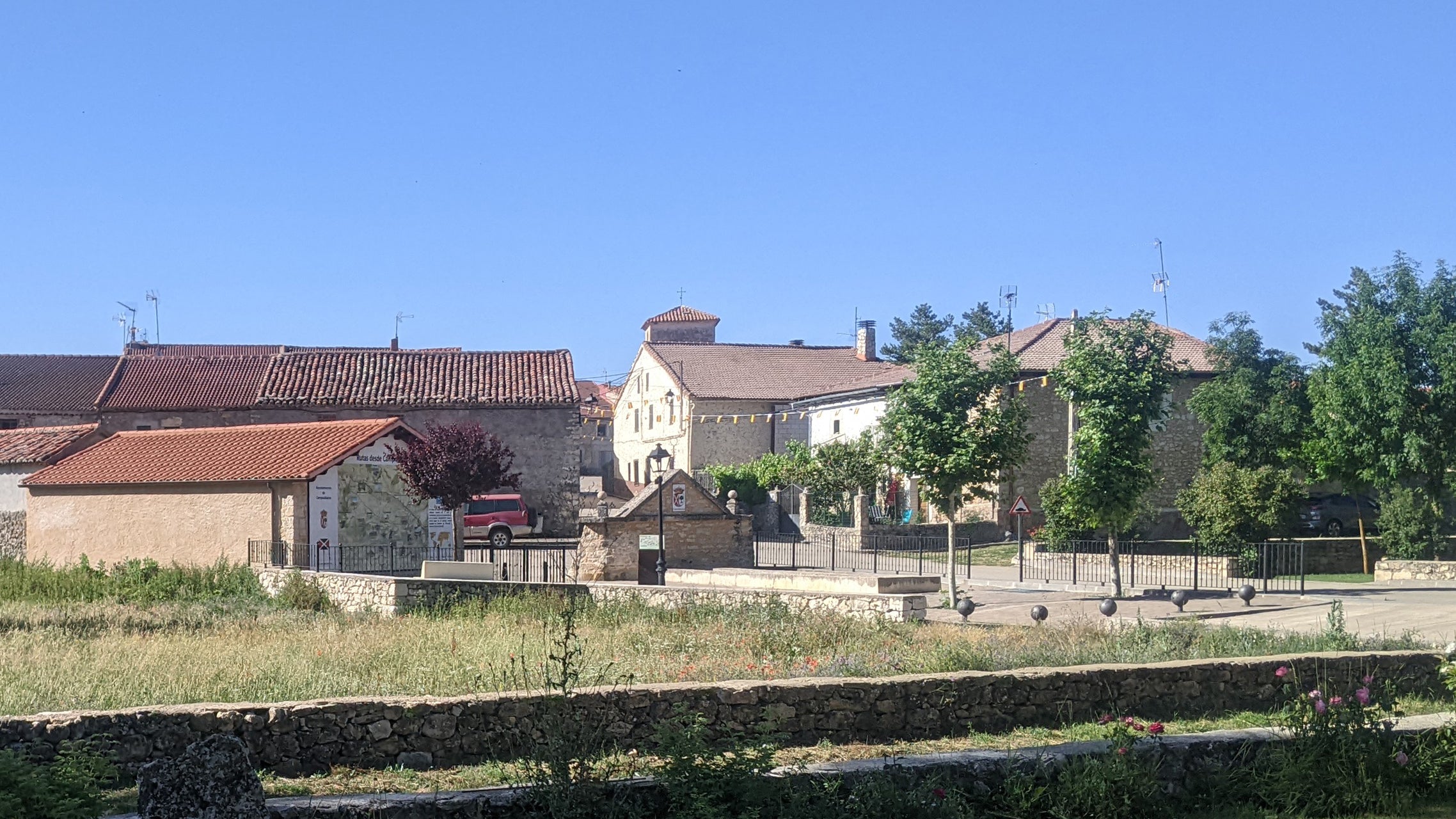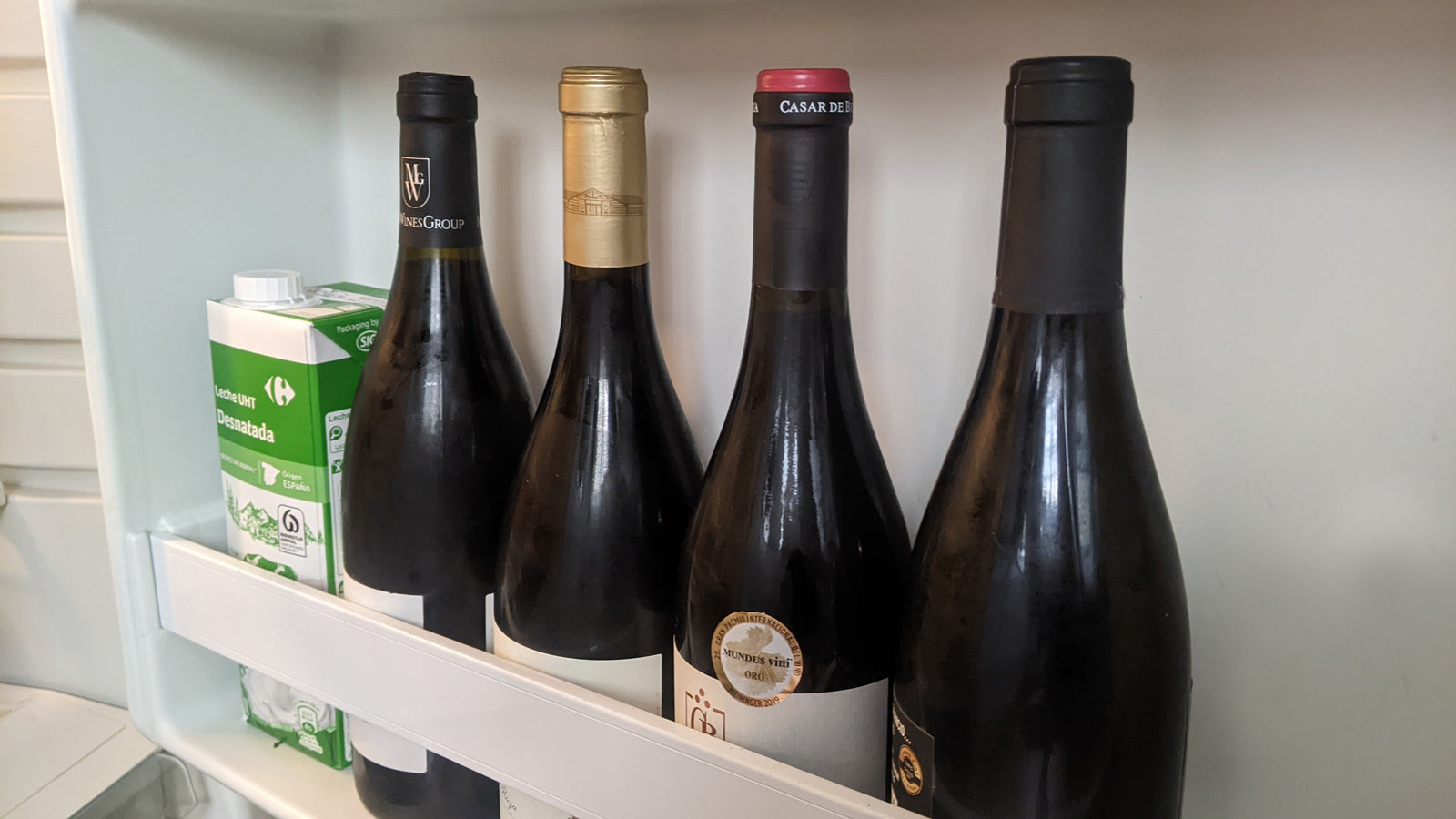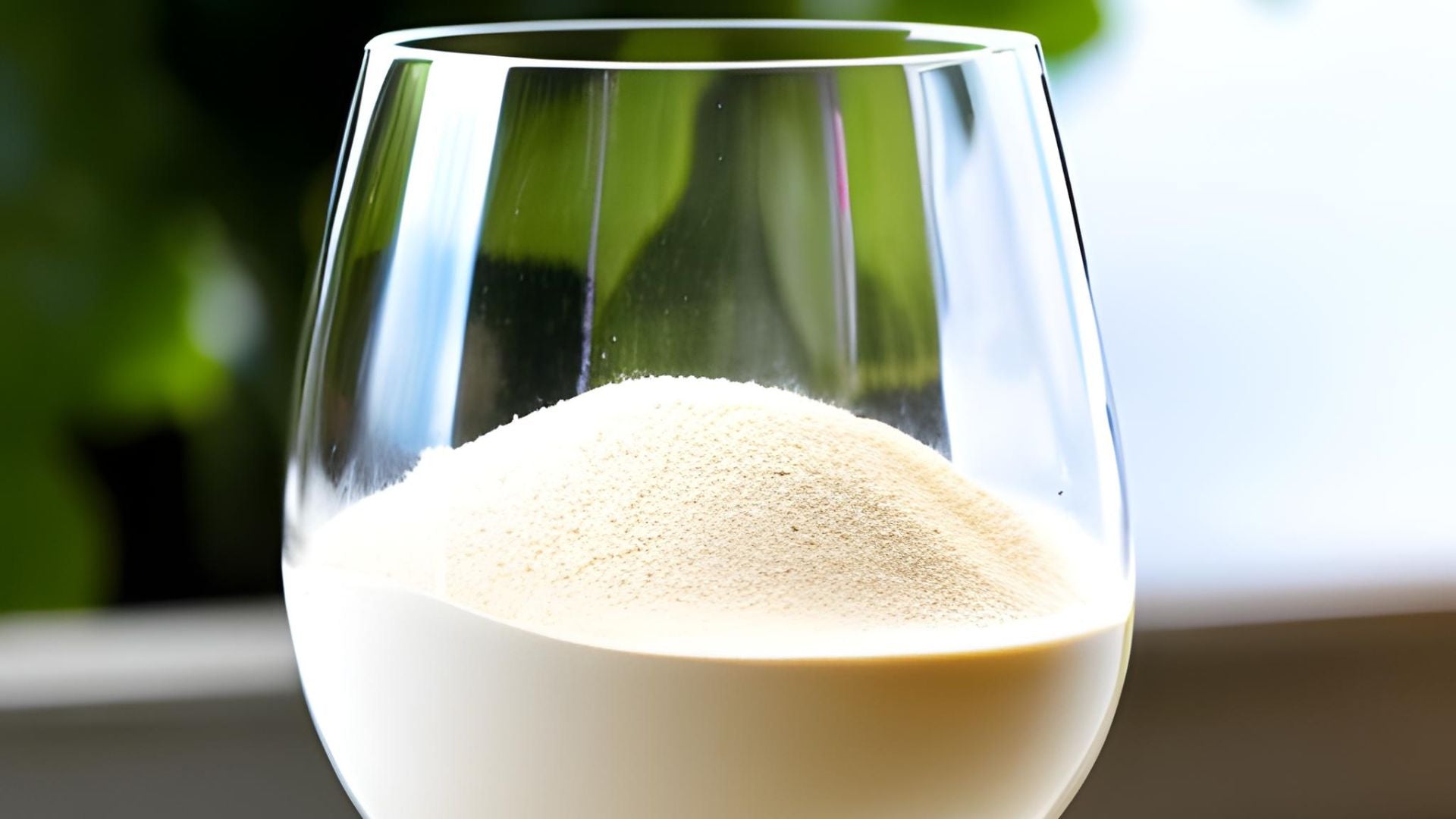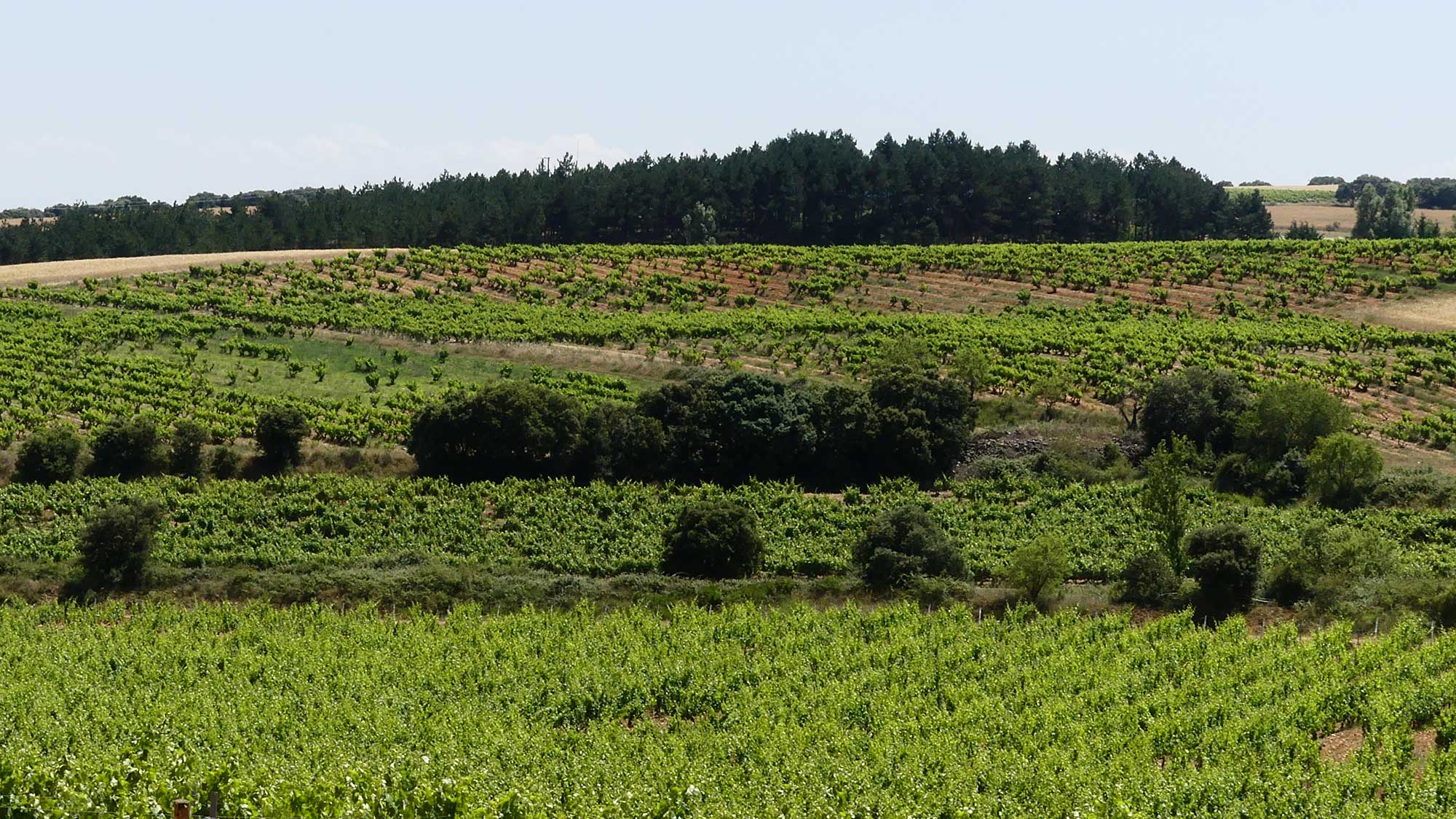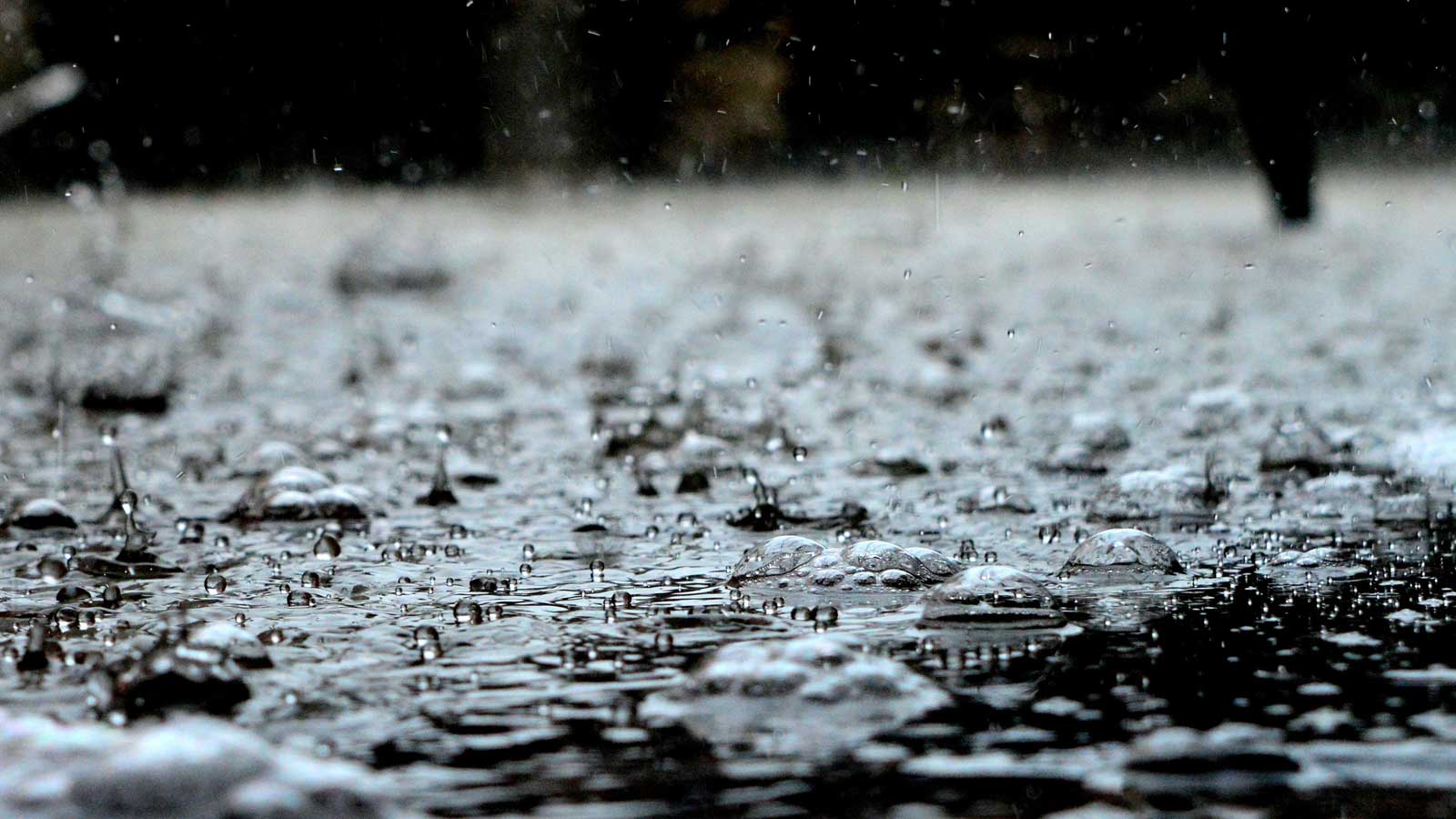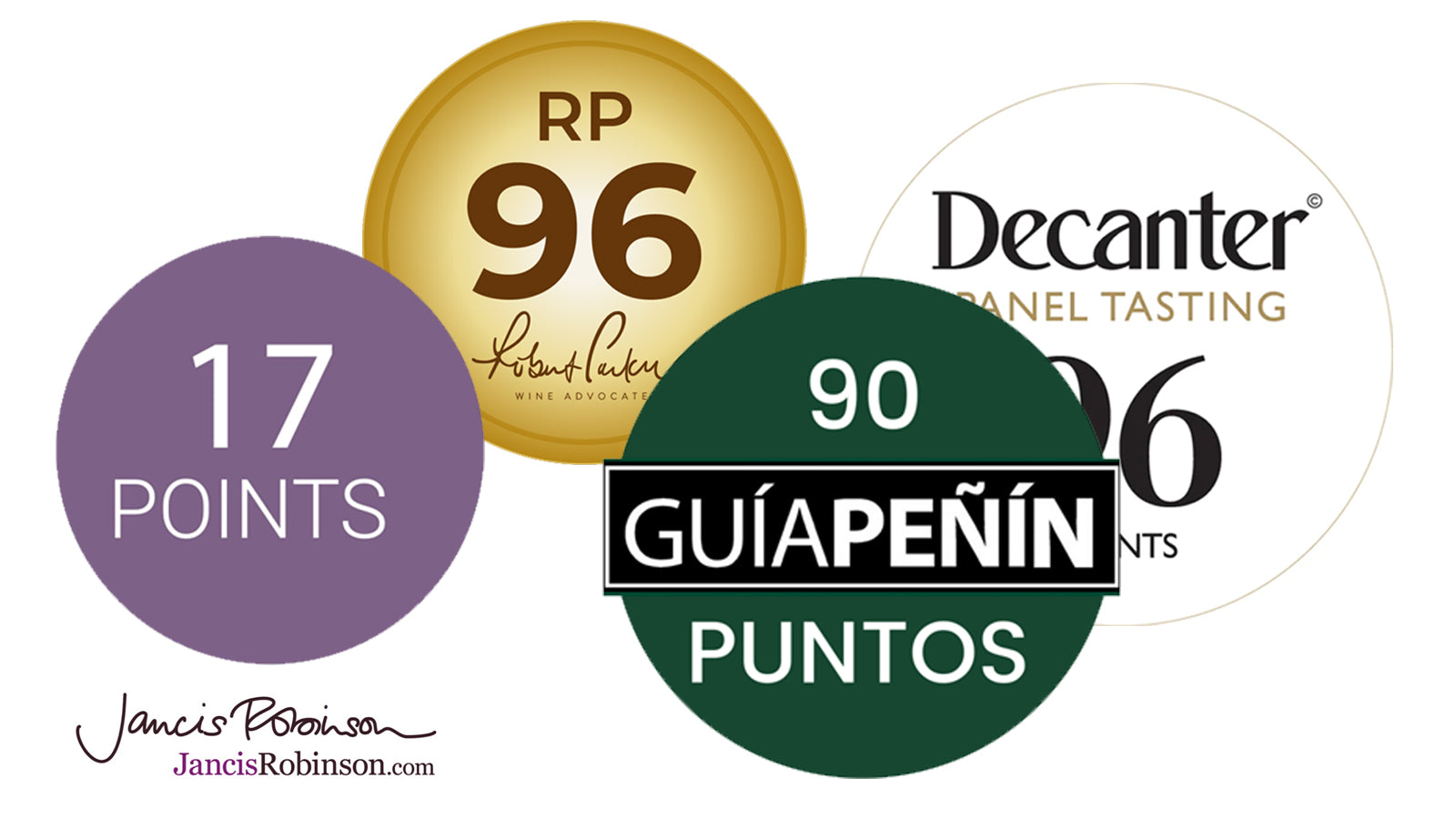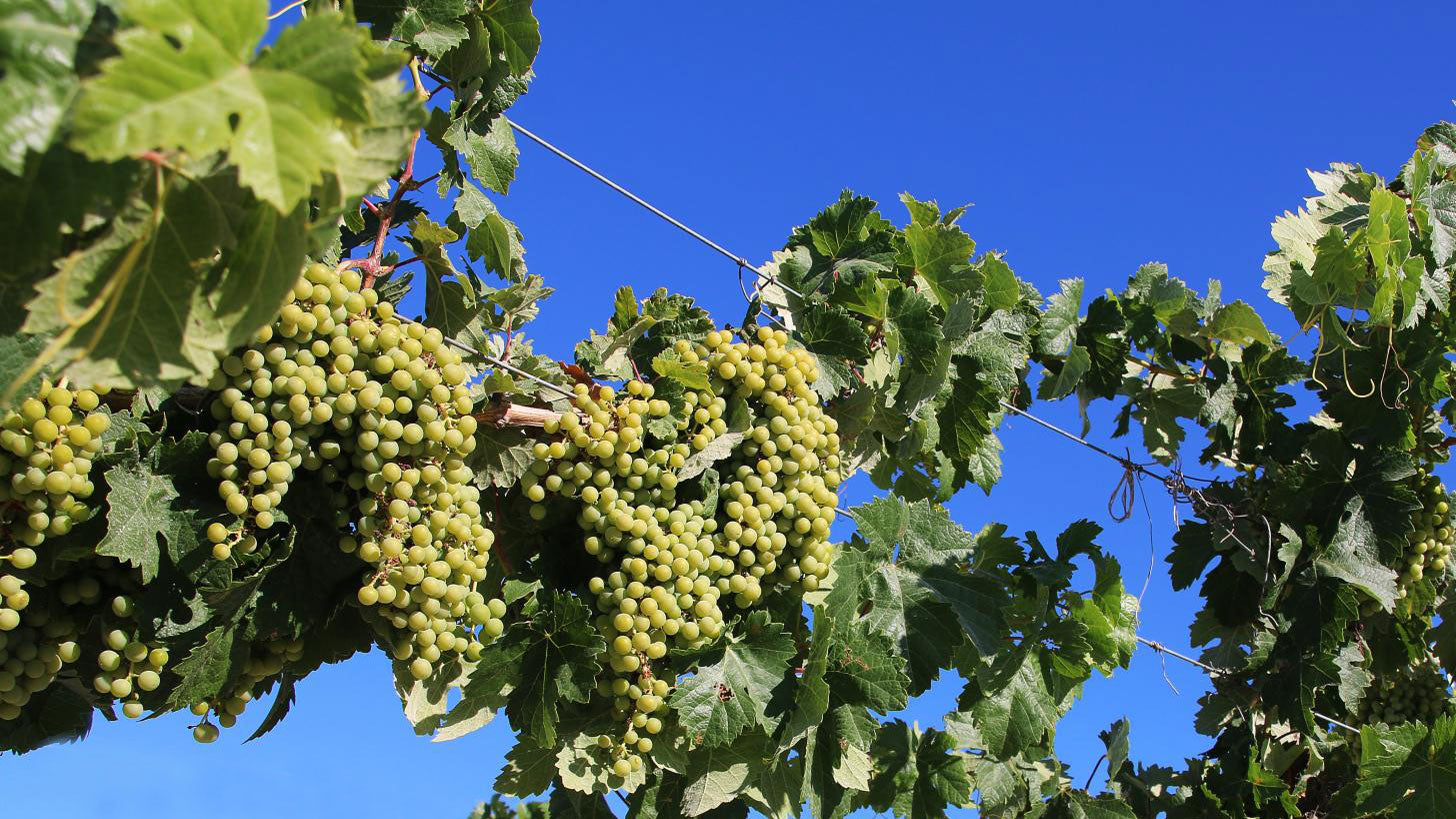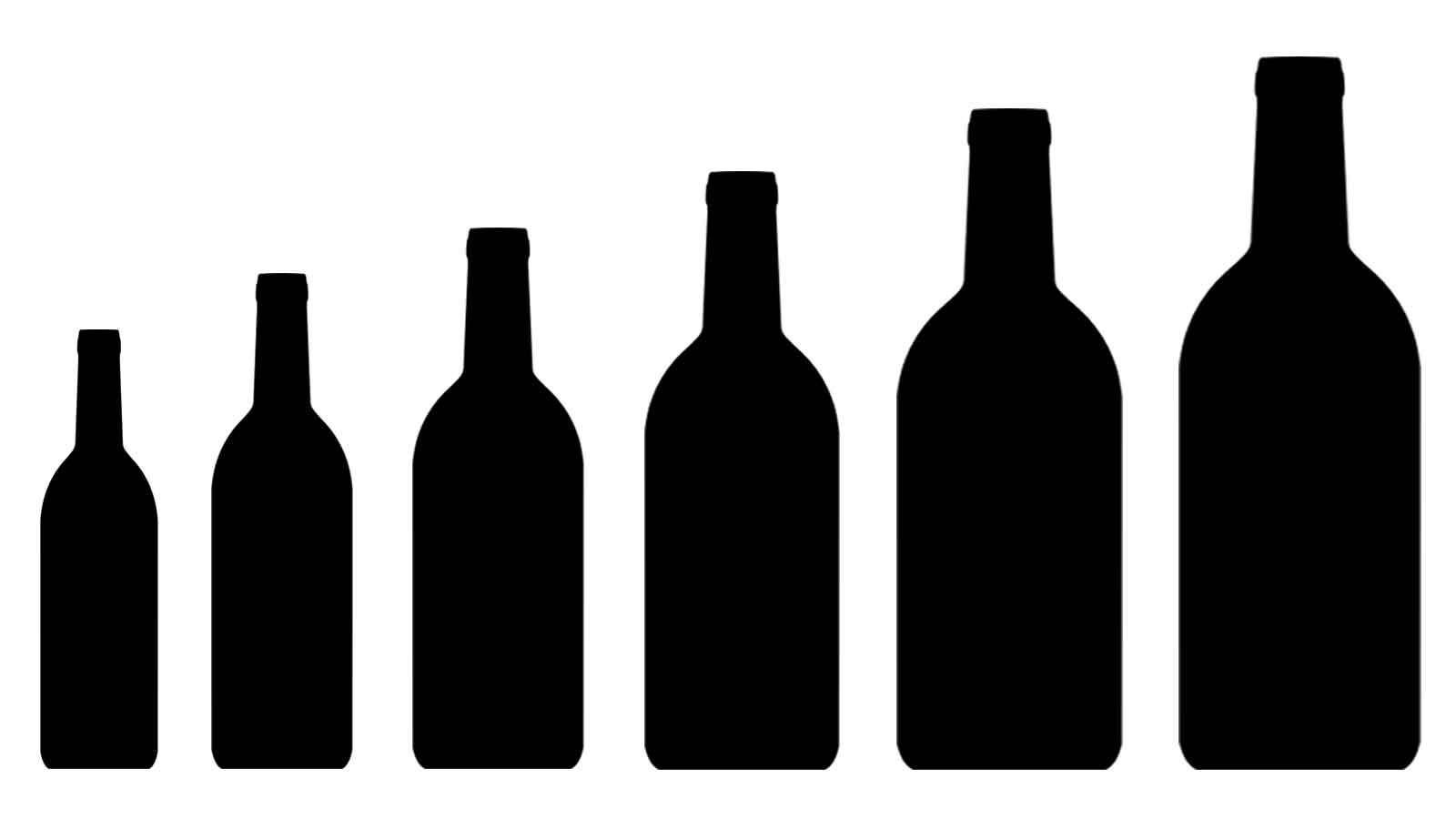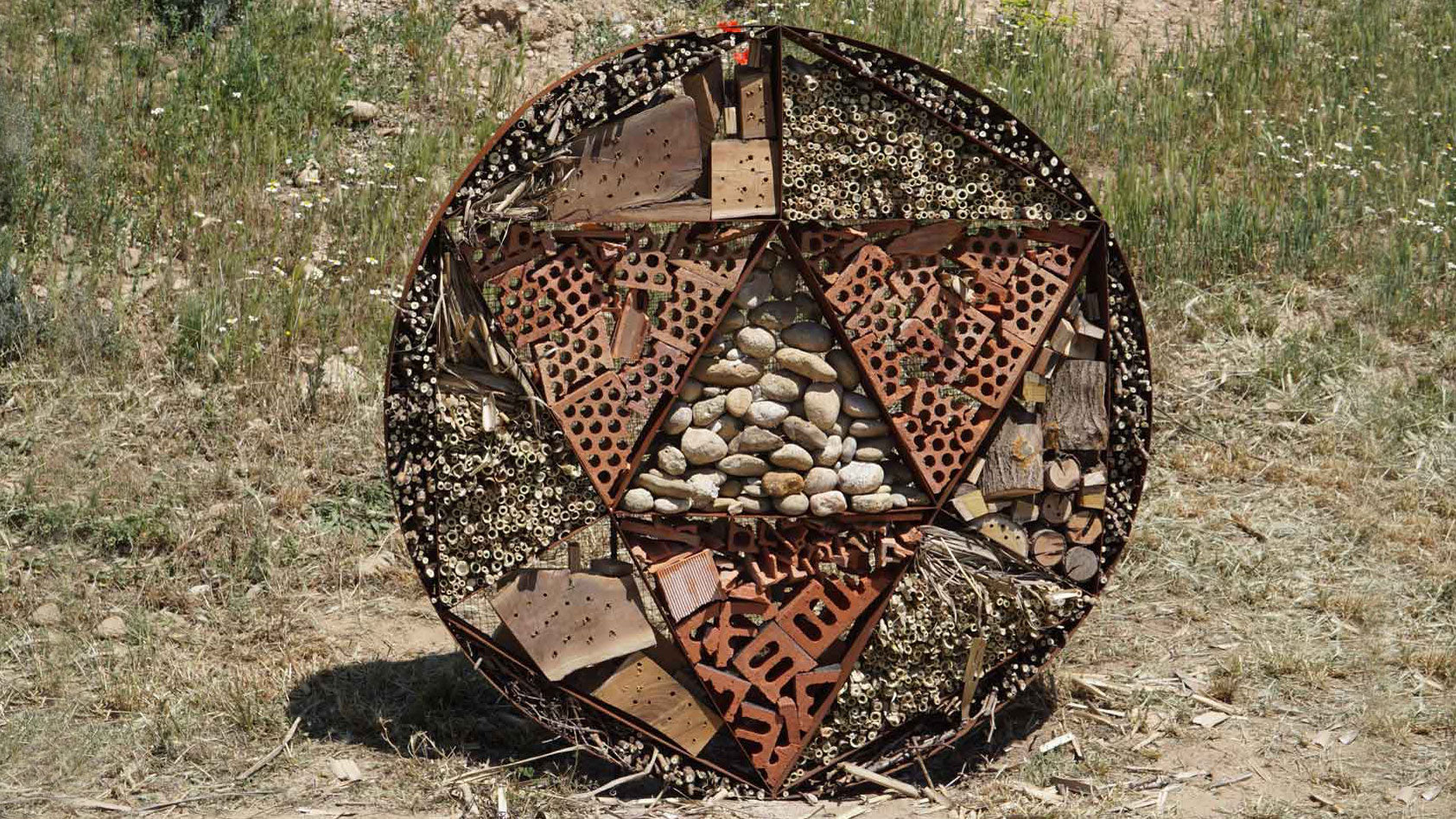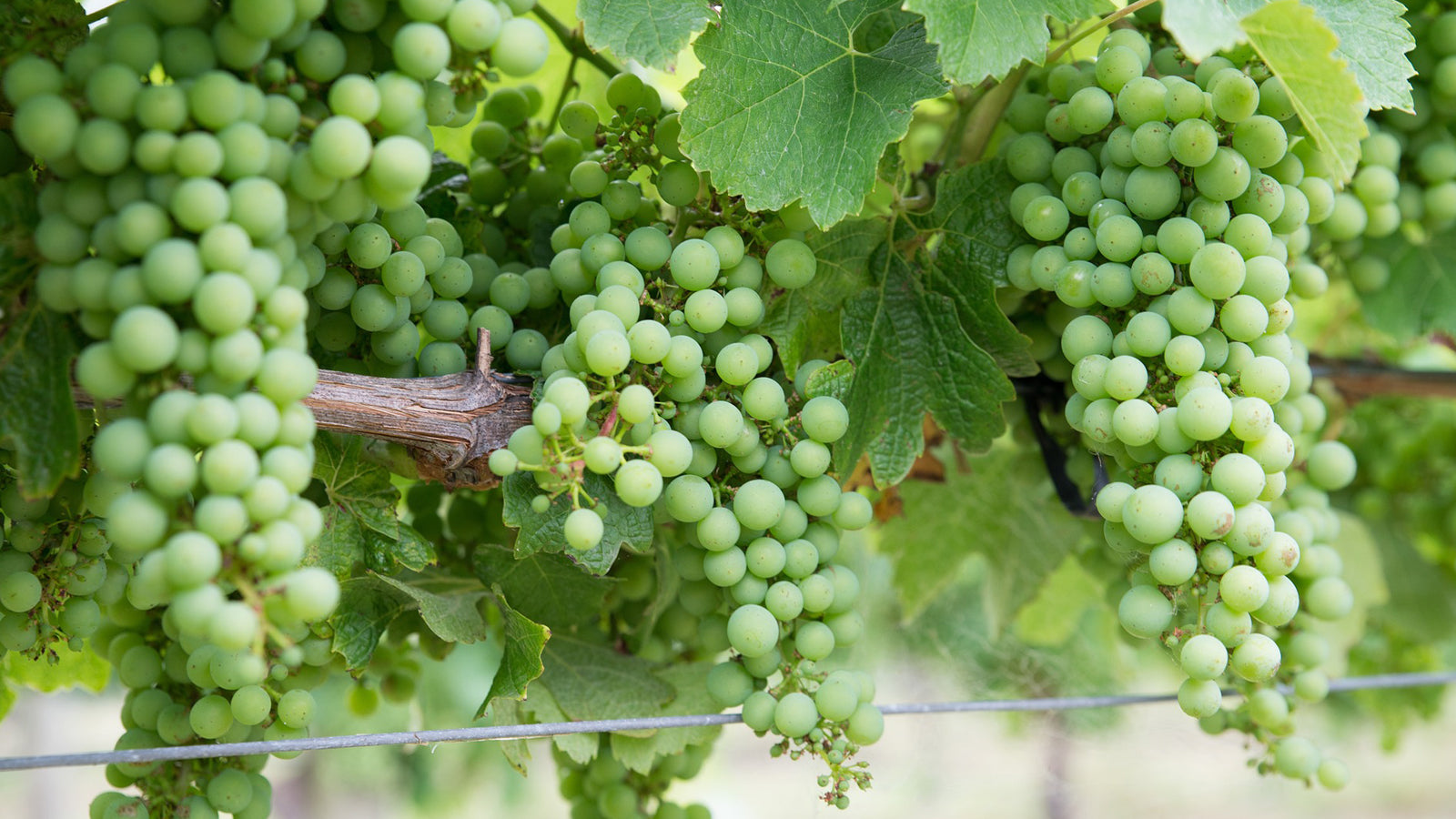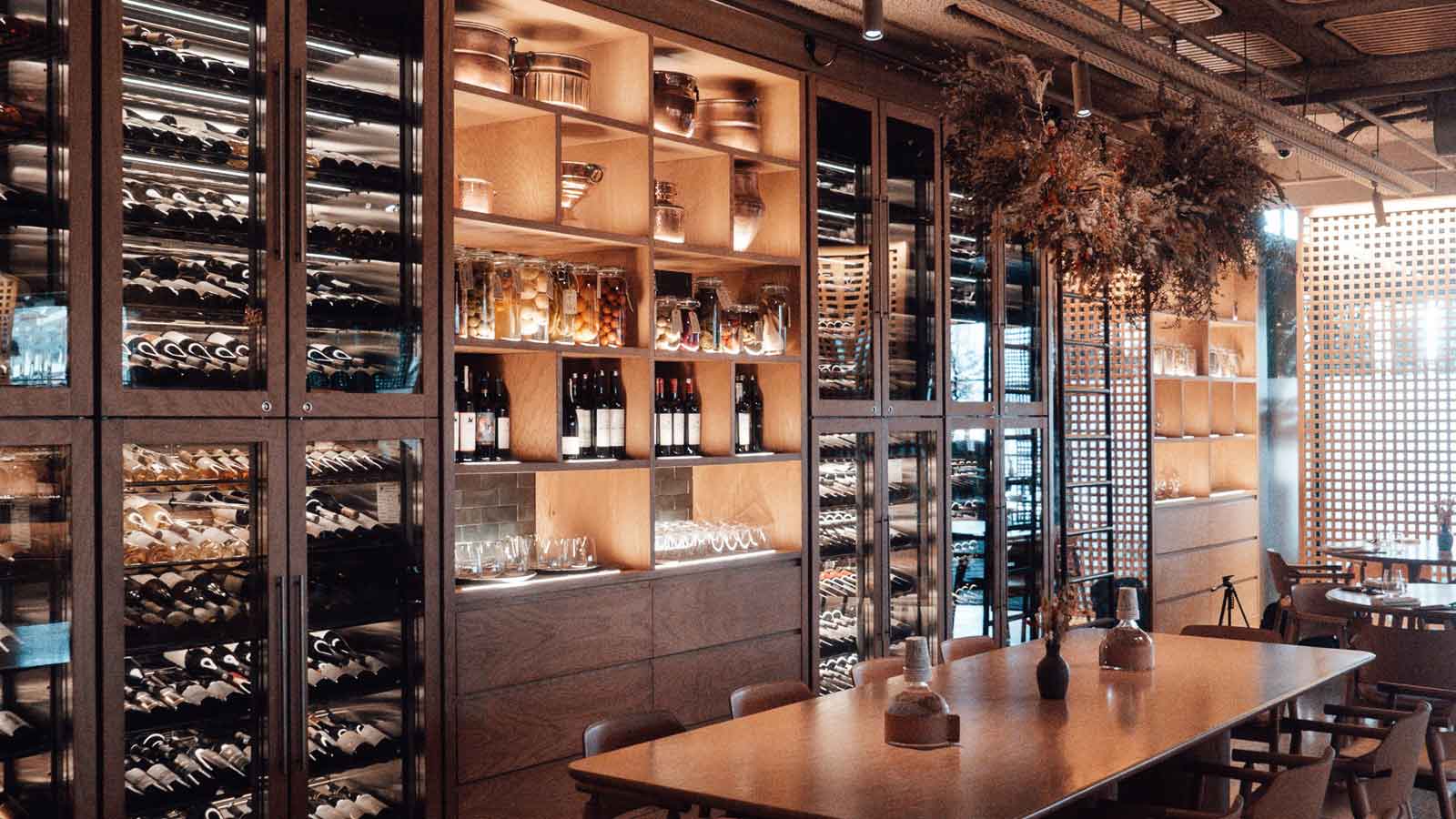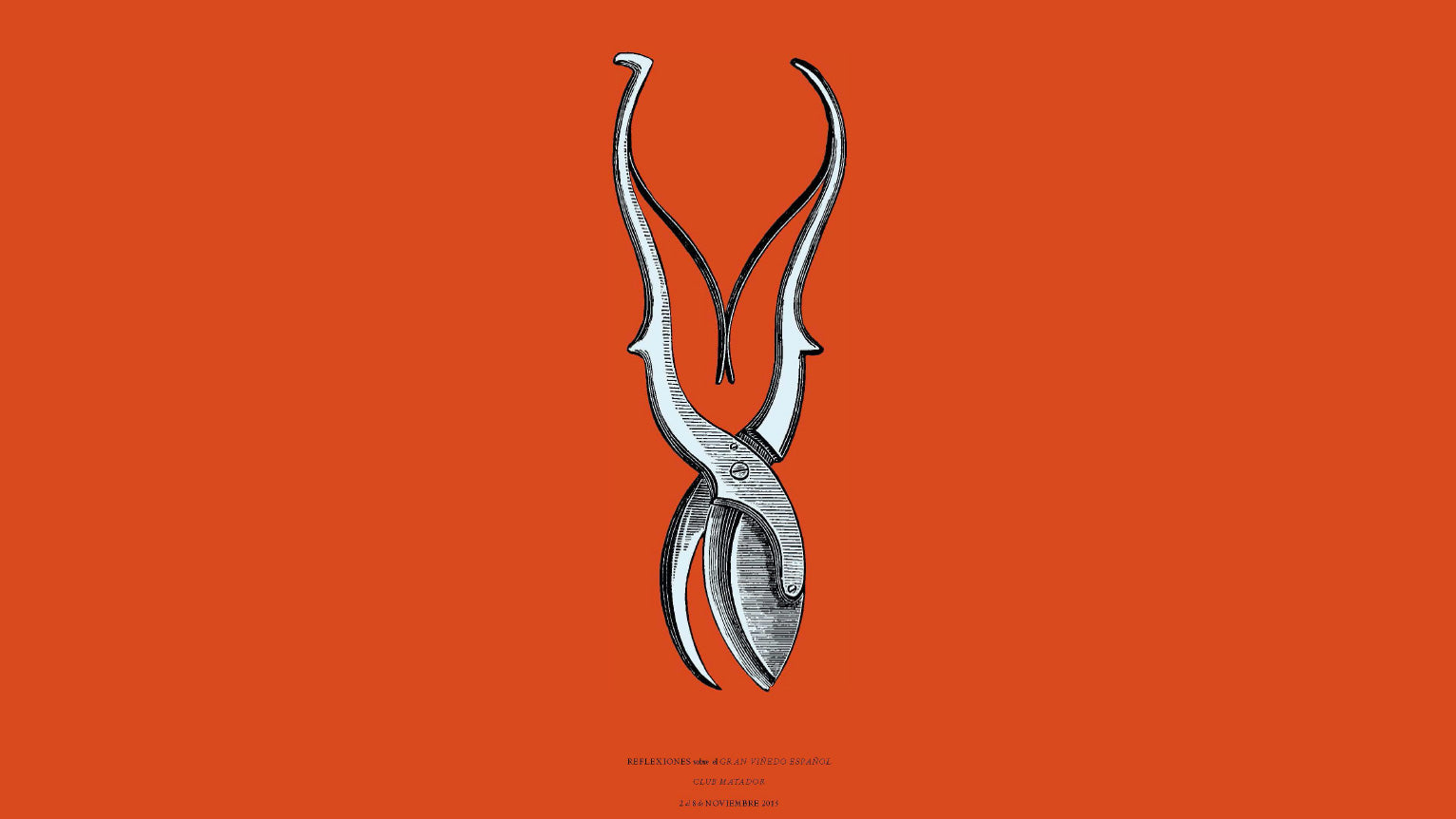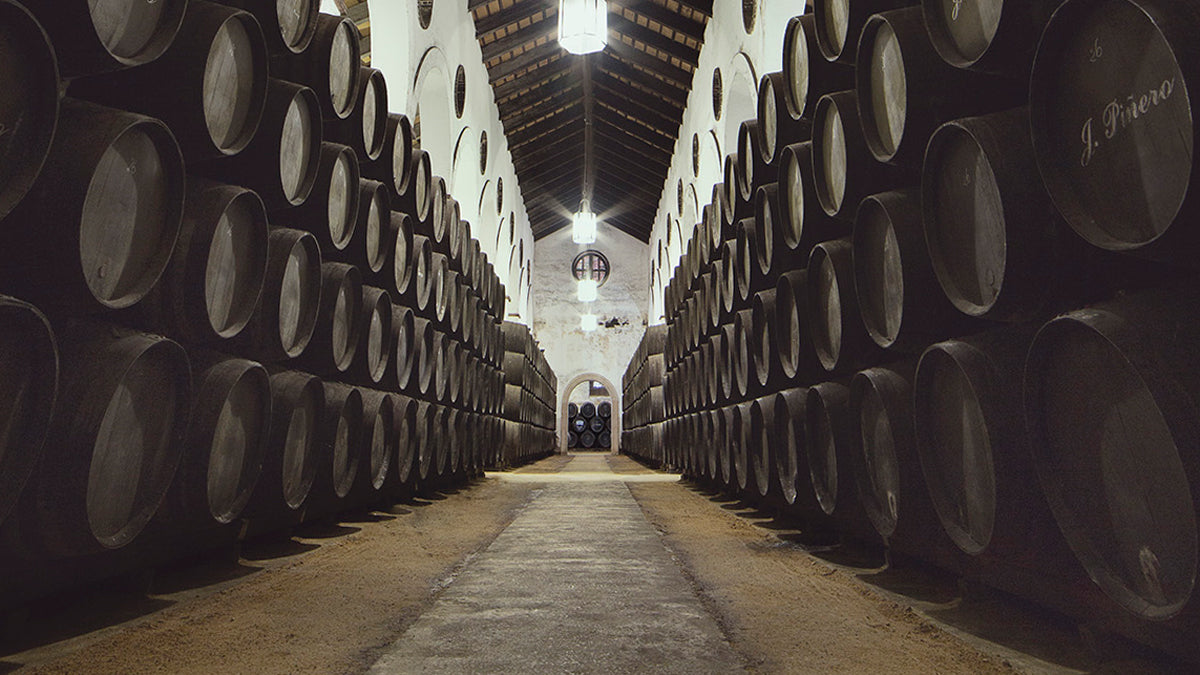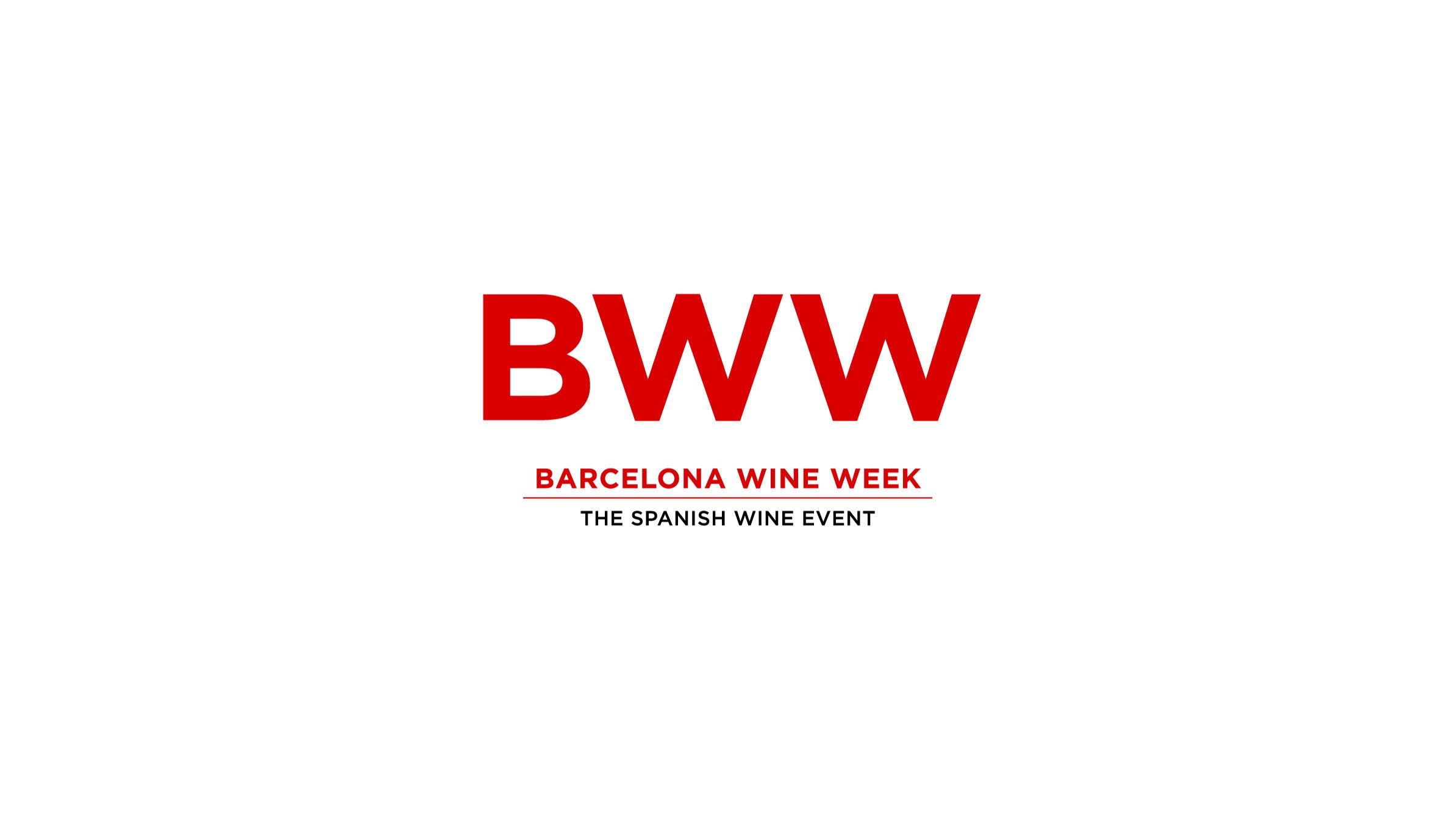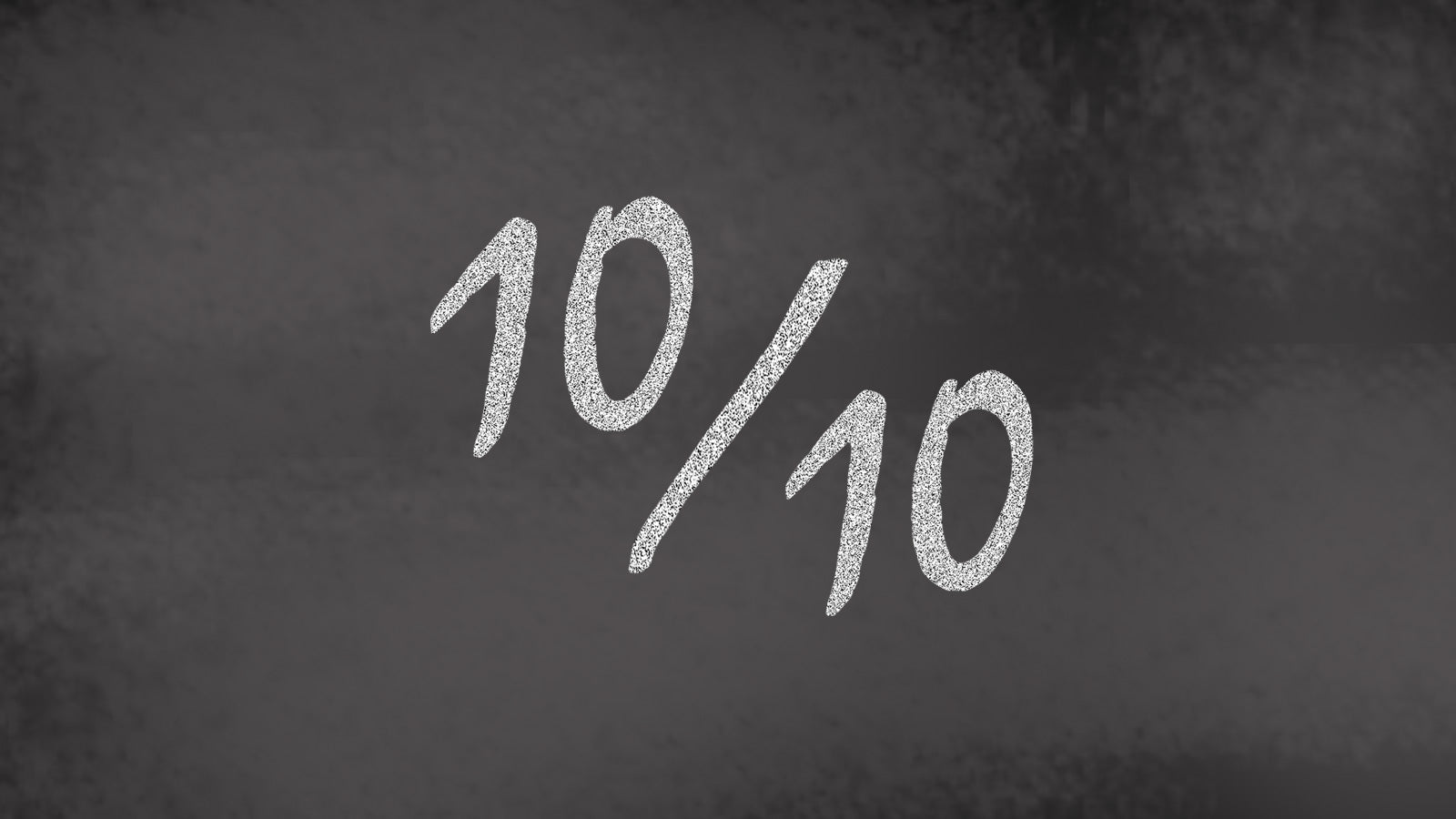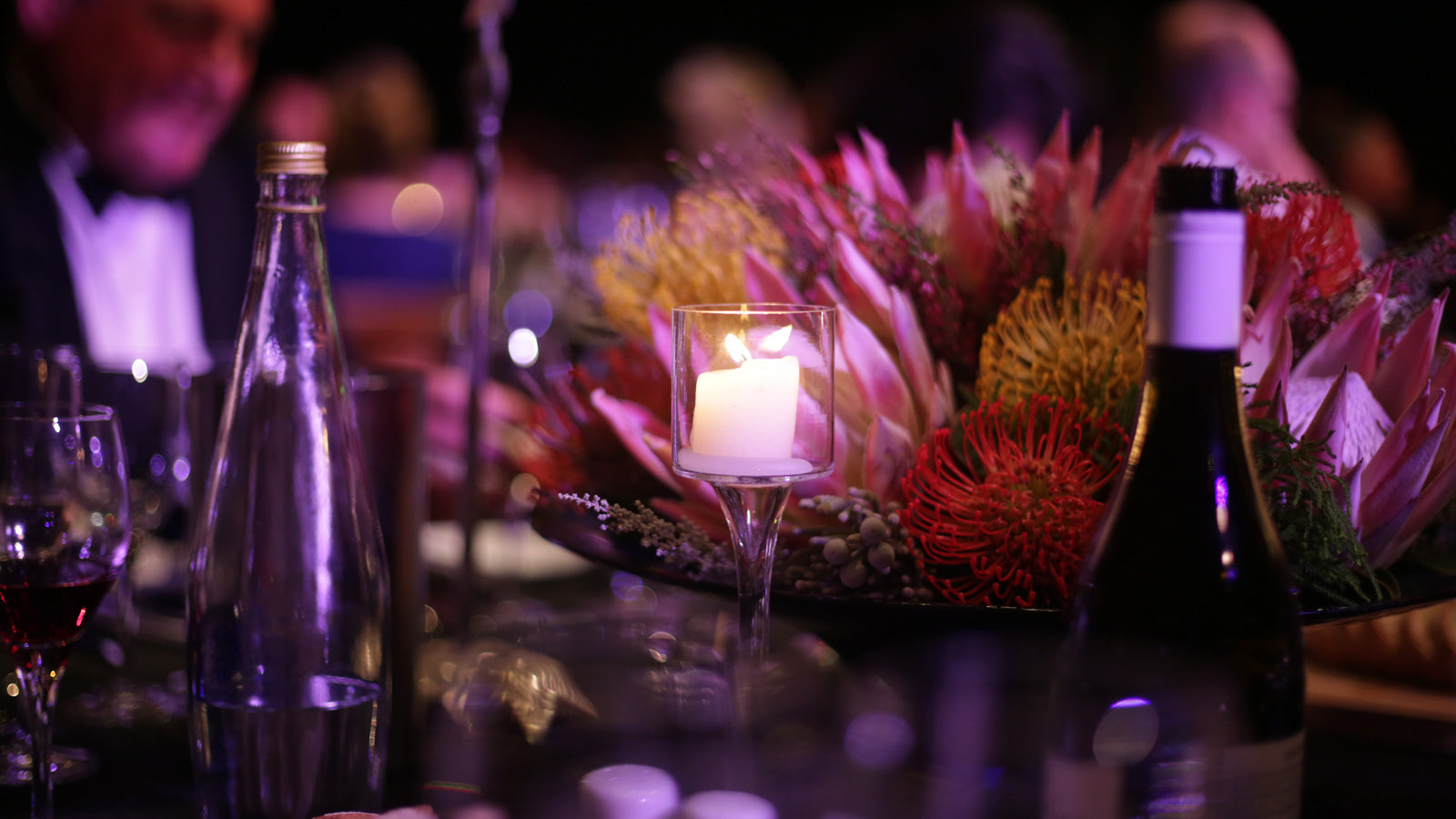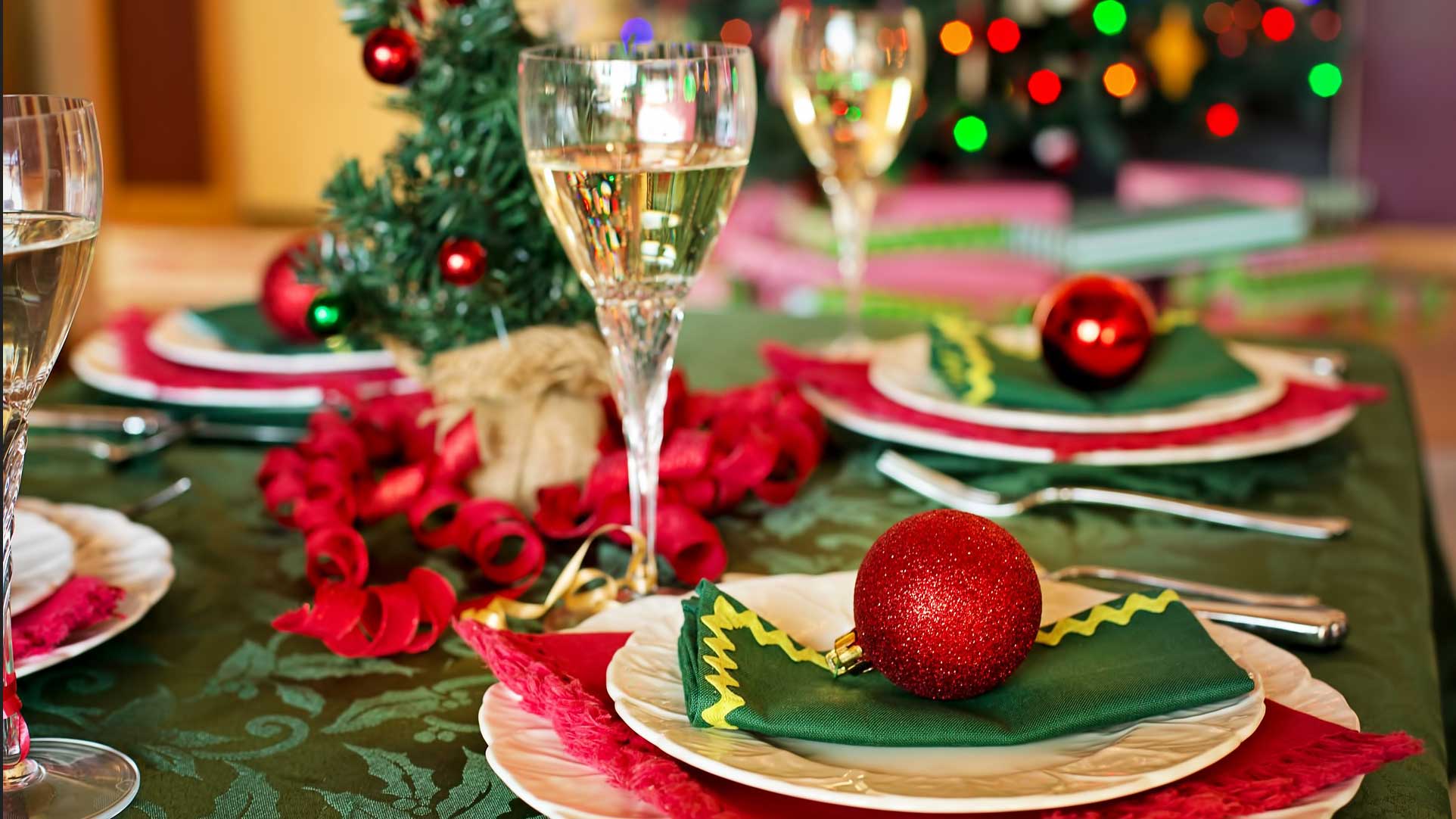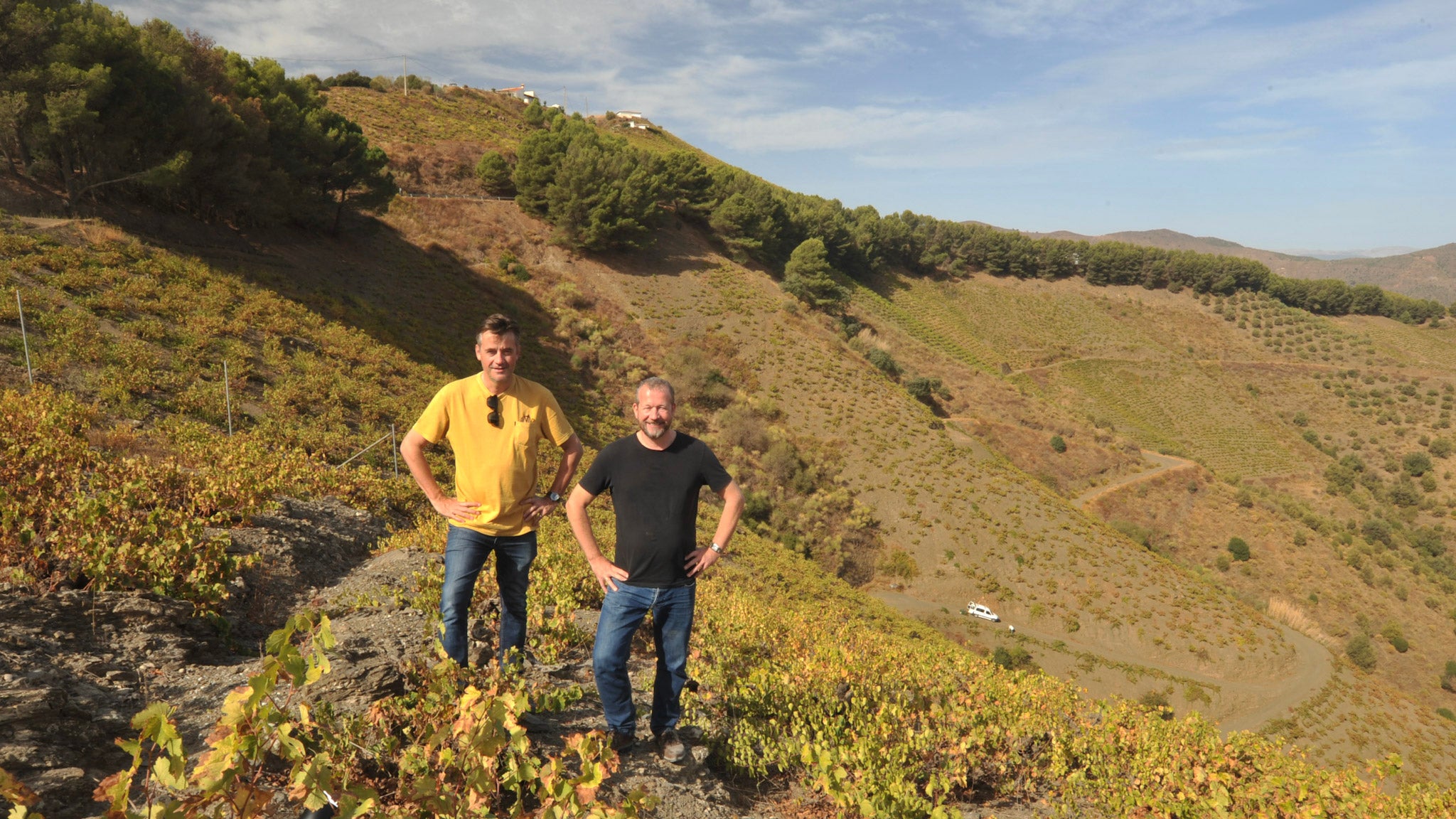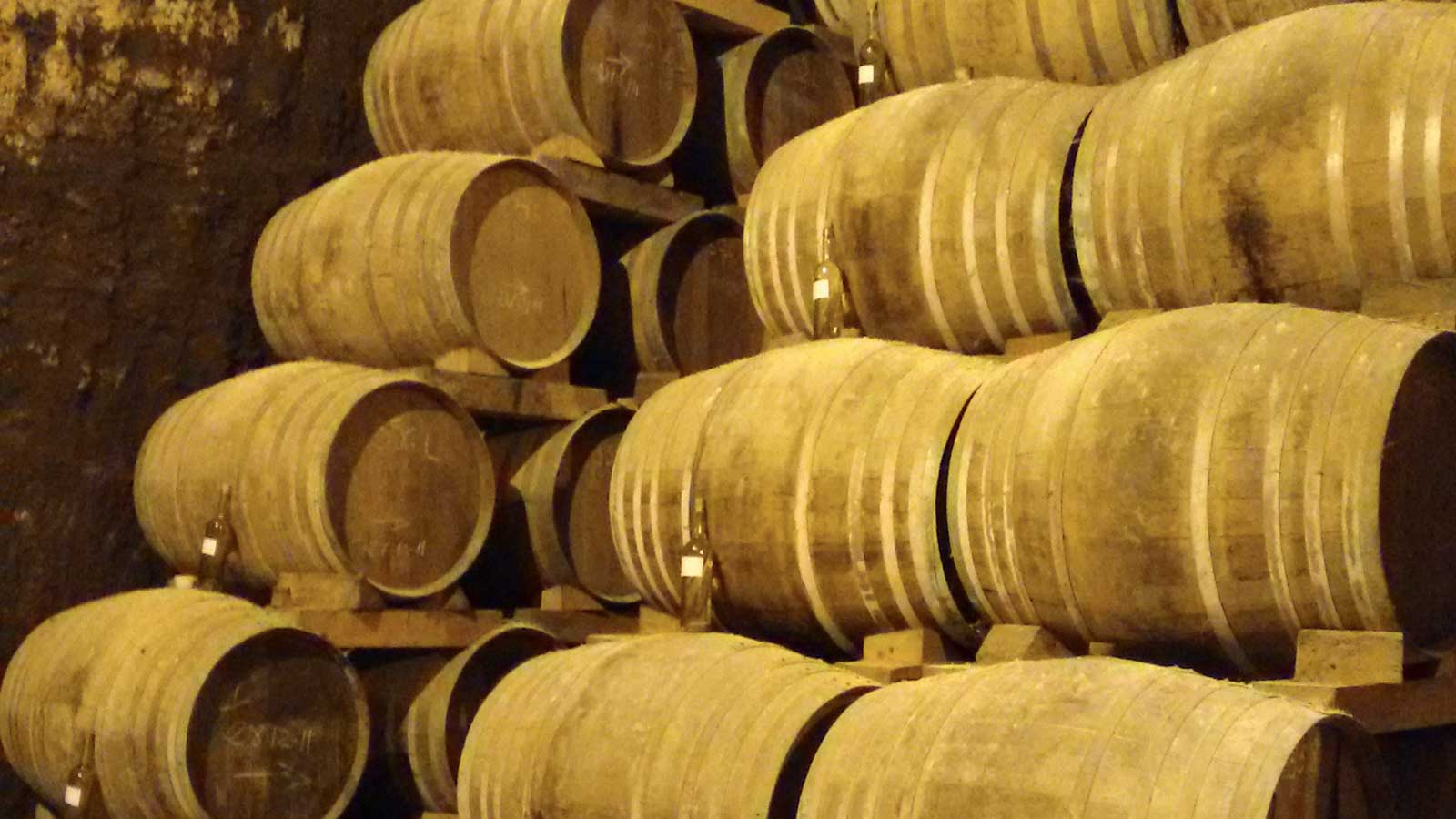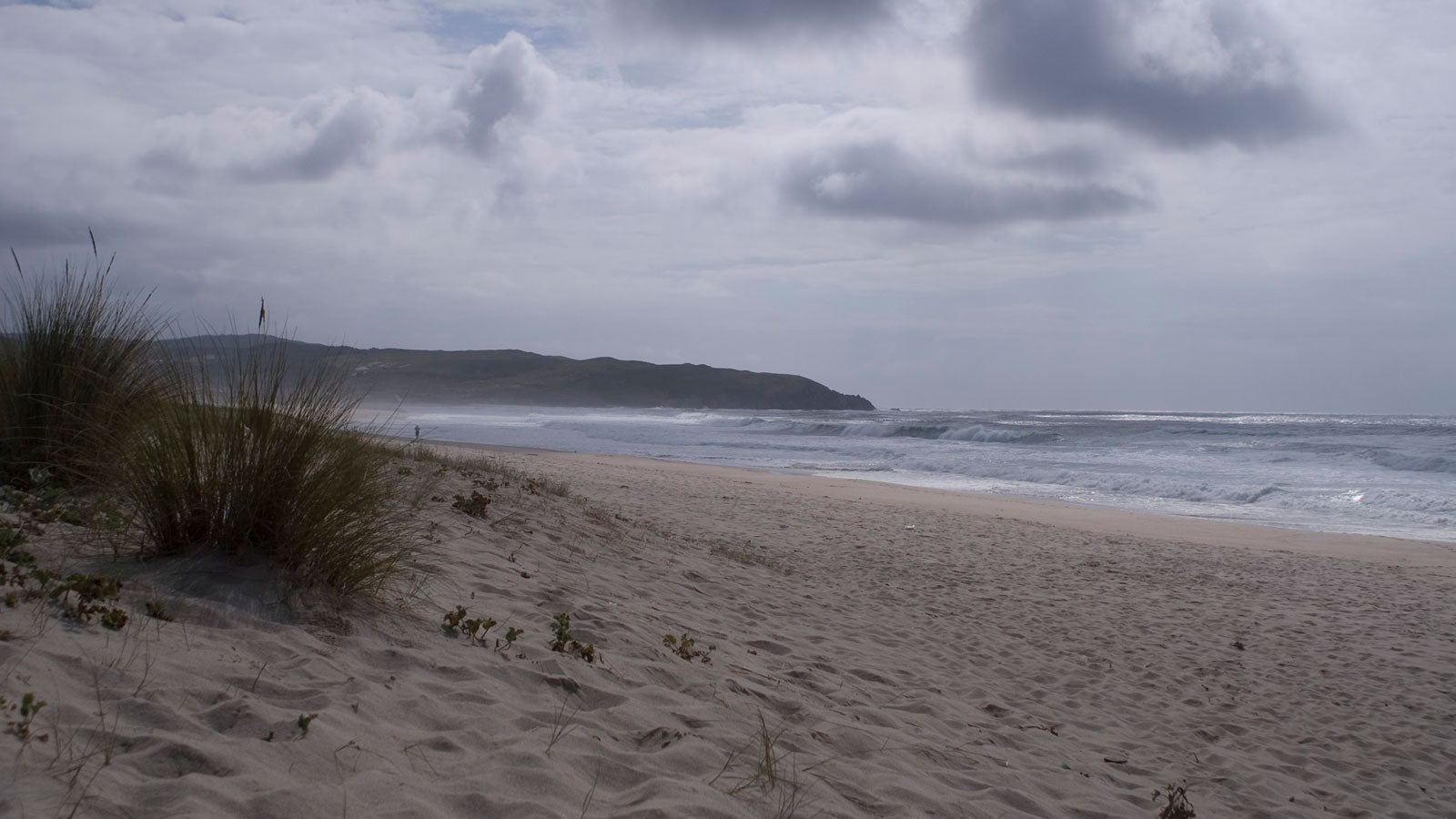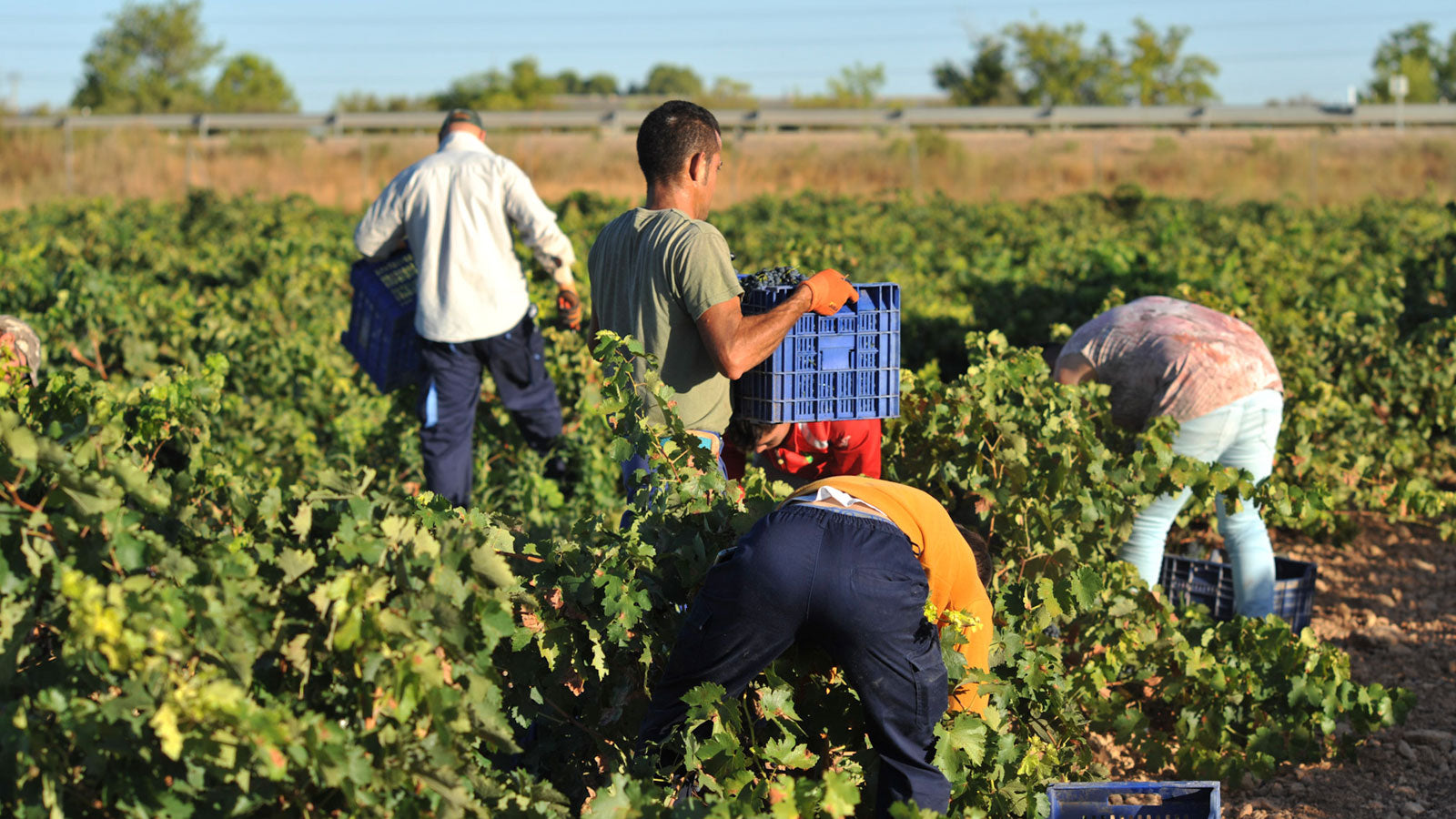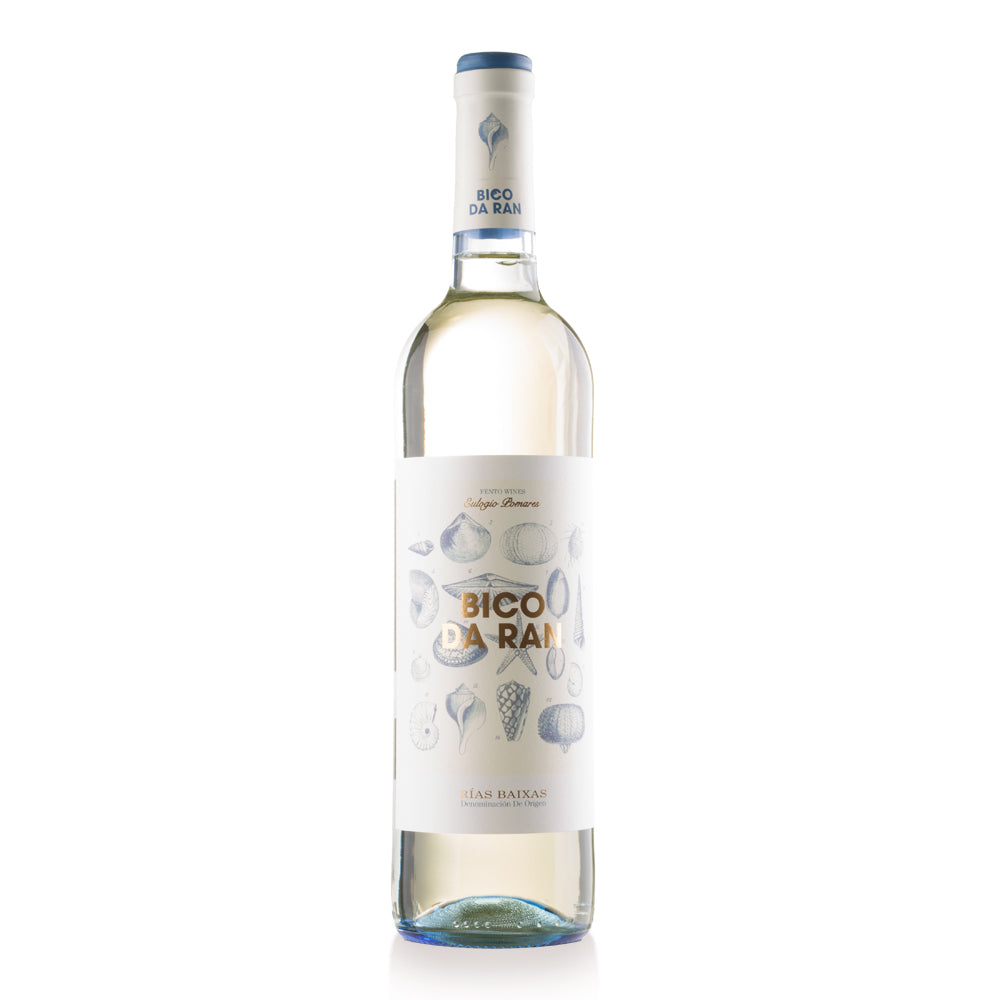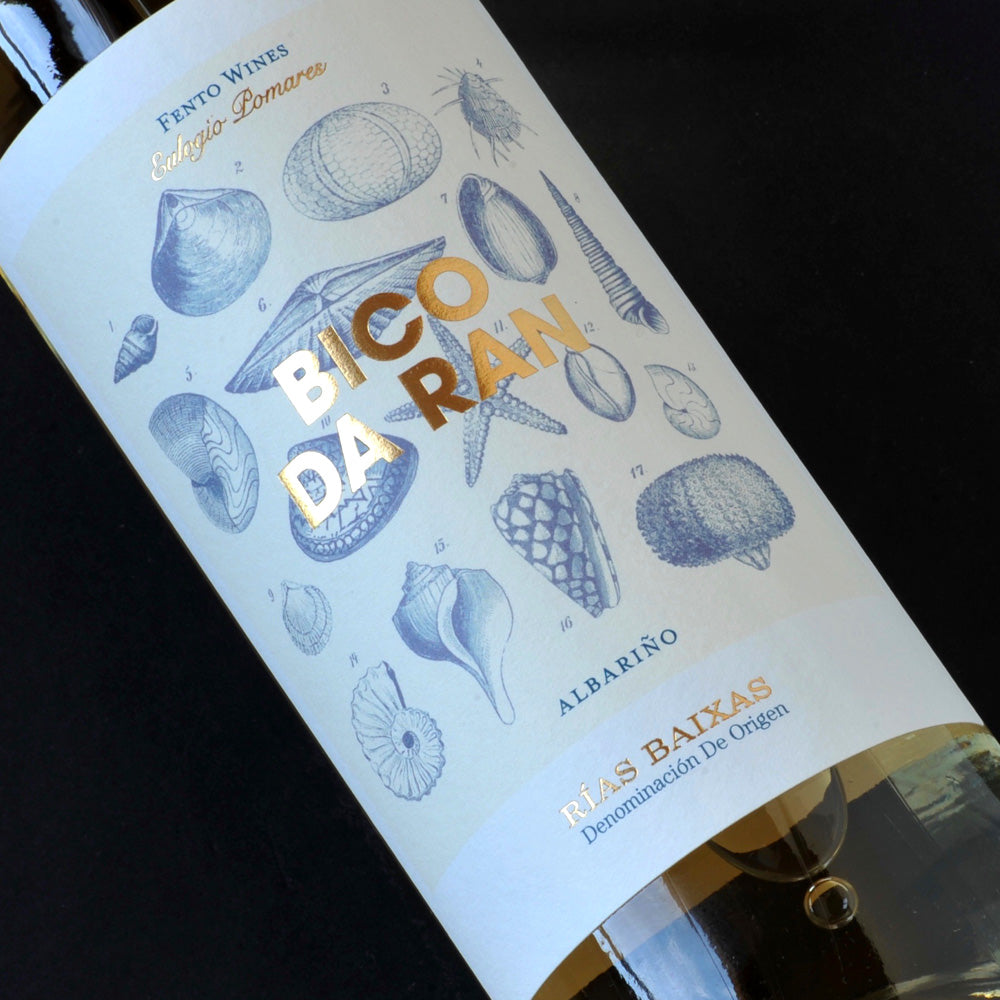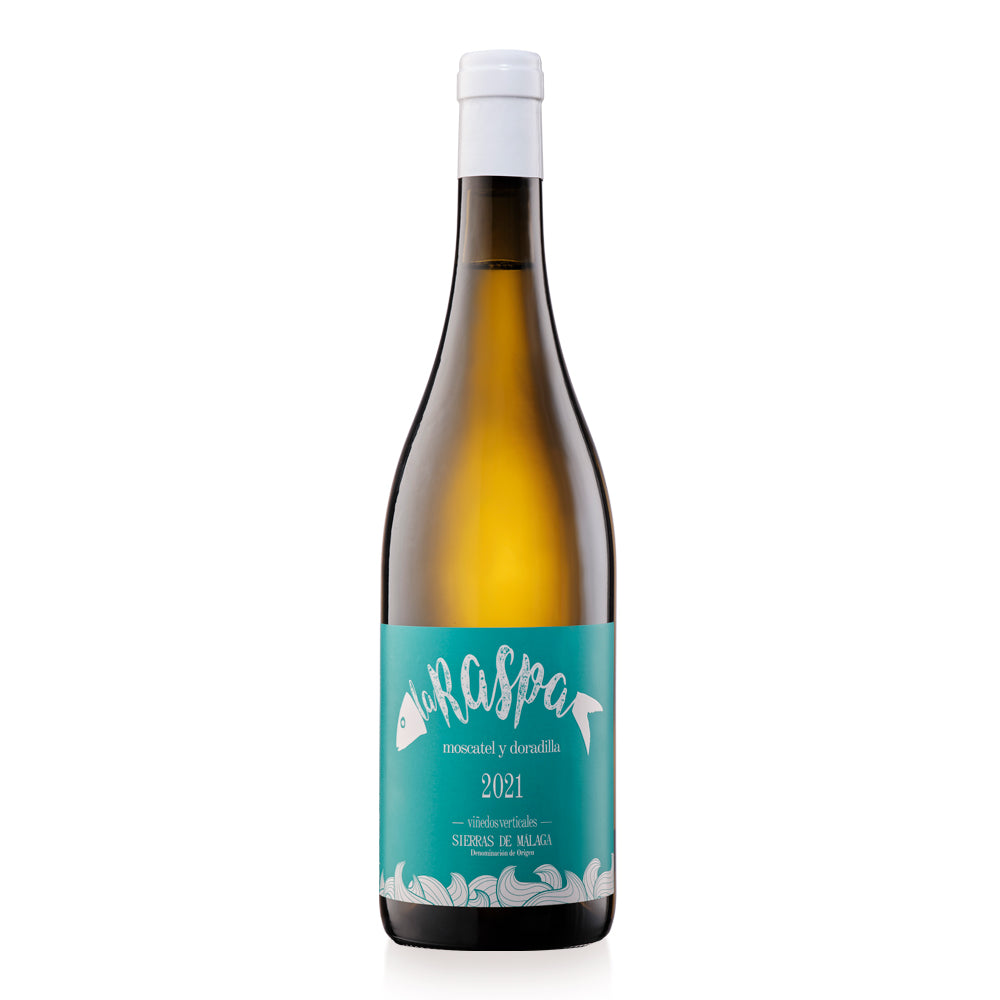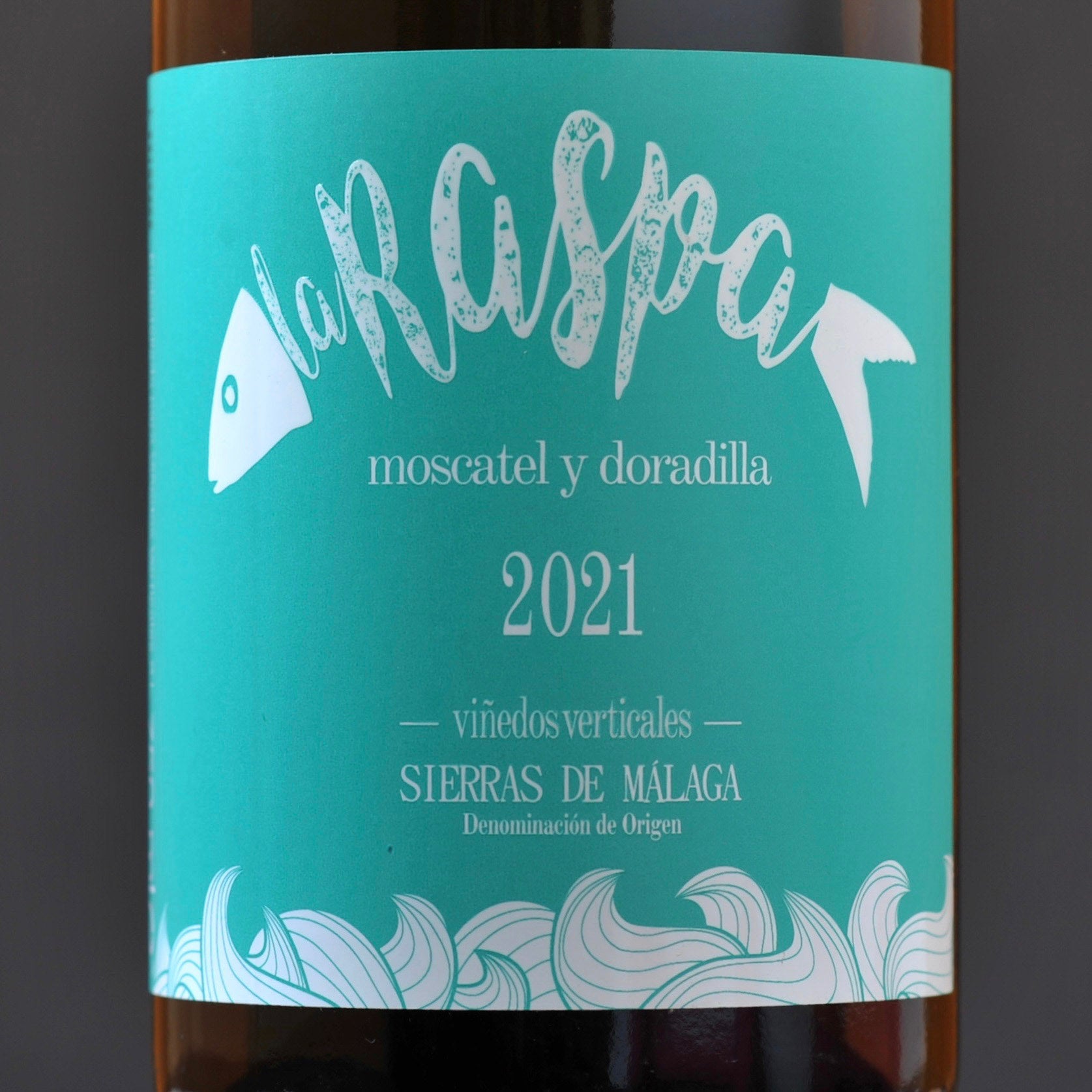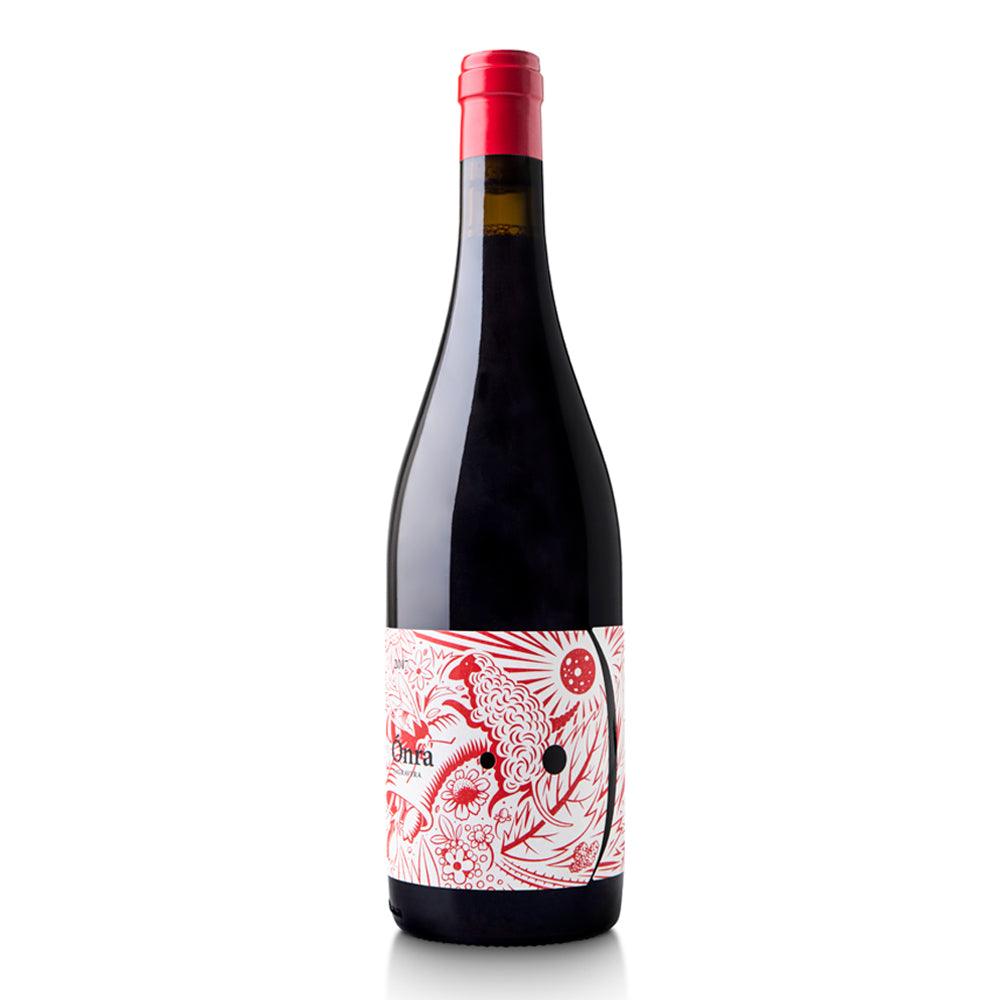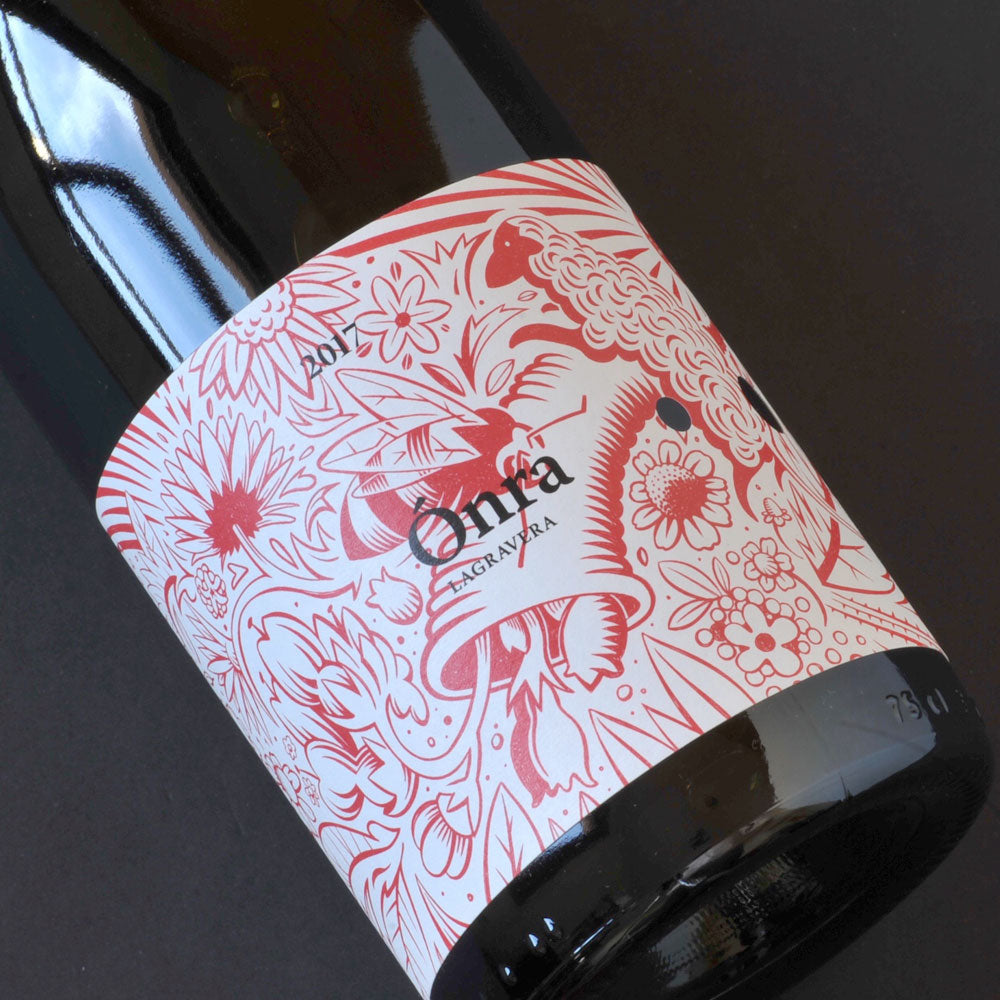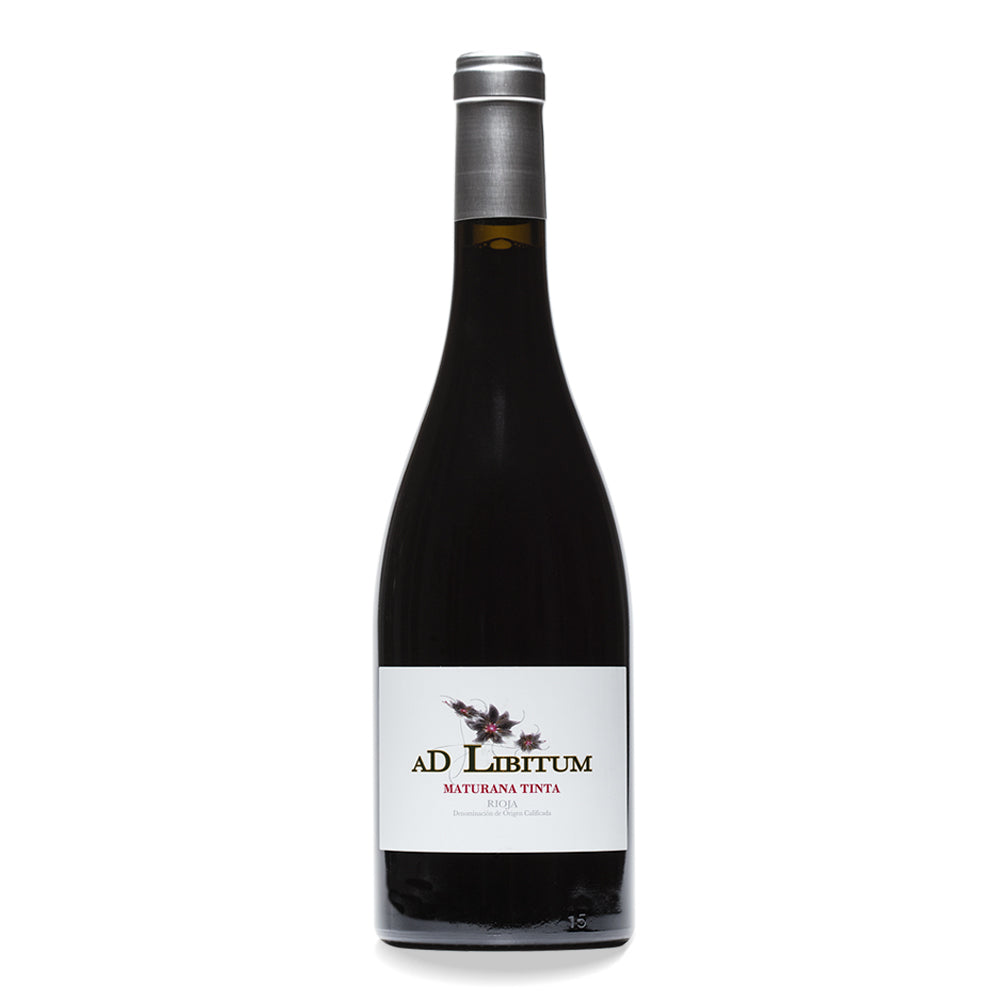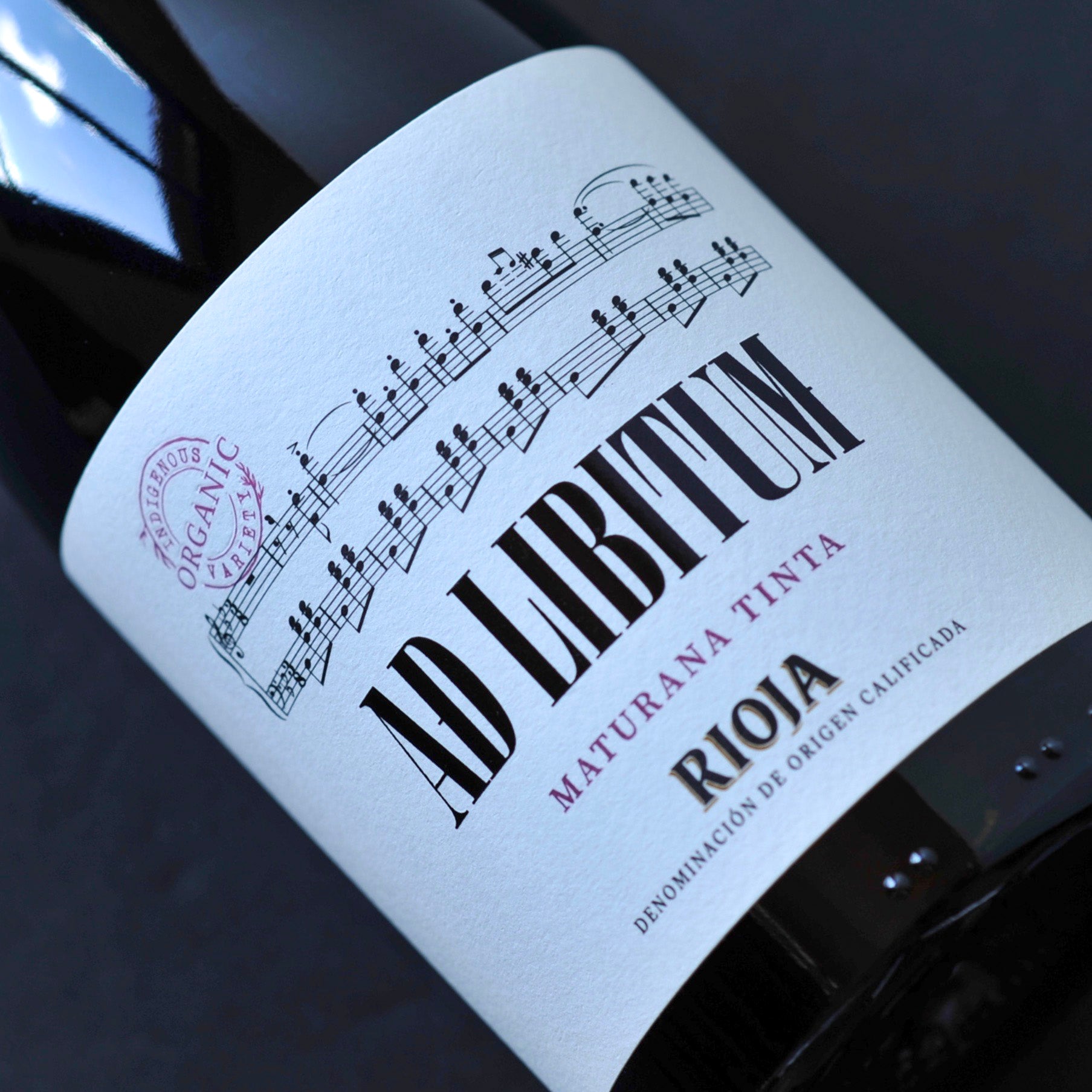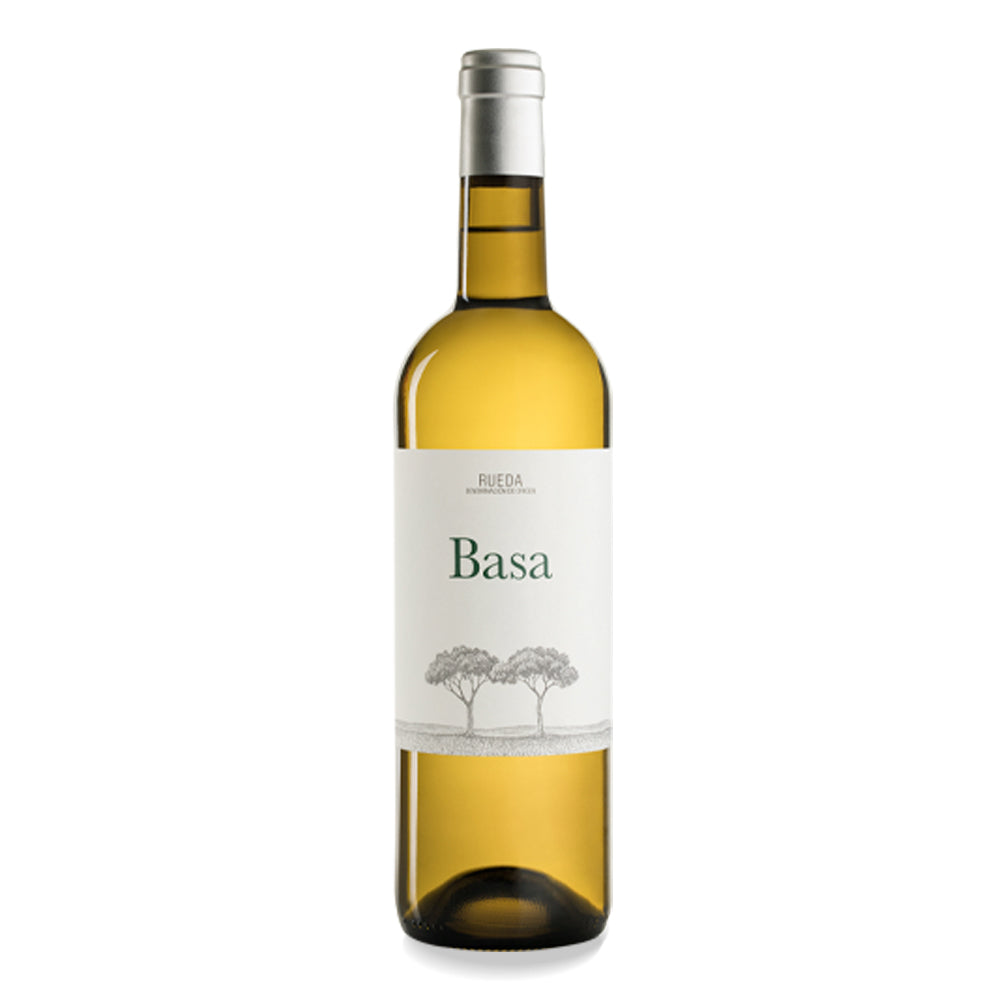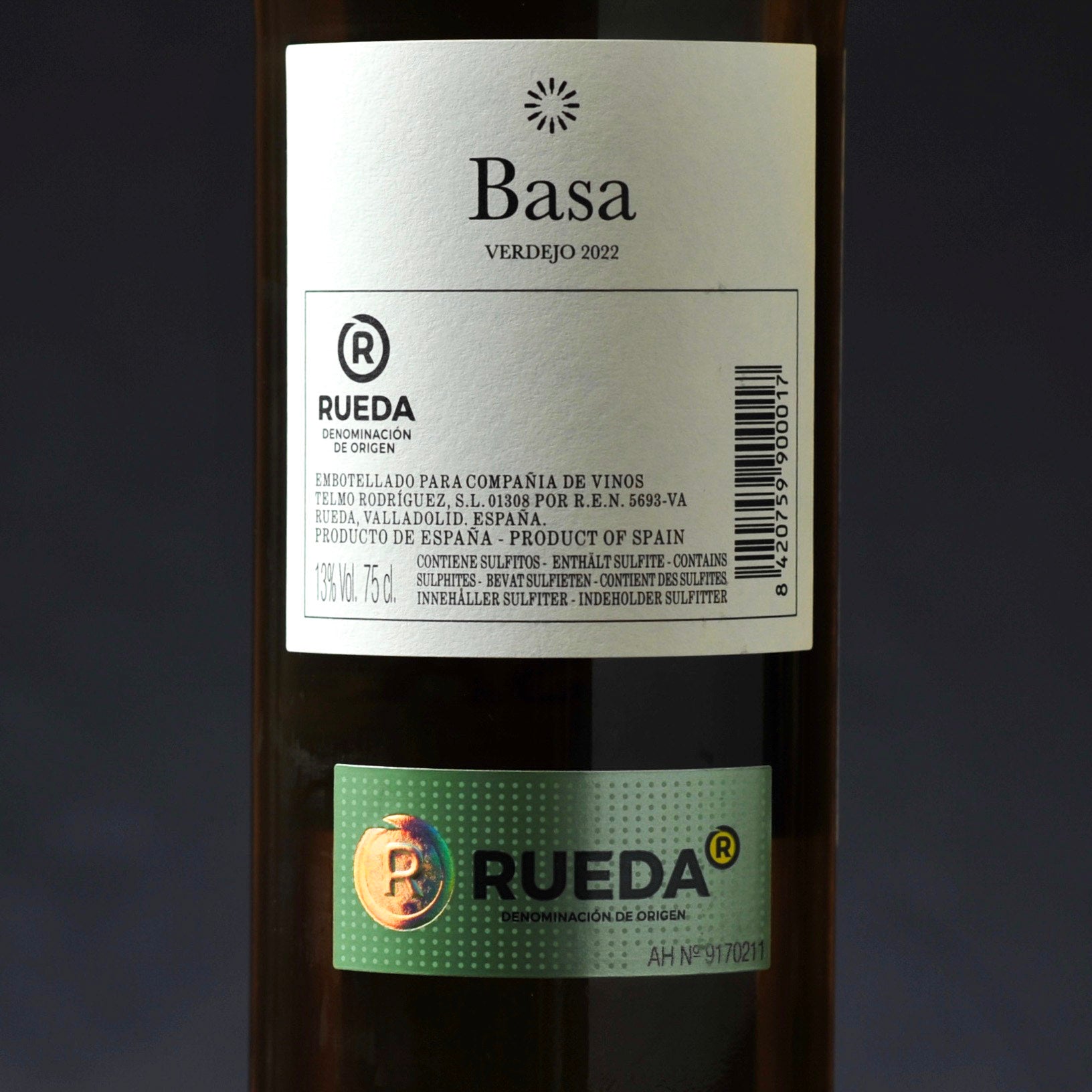With the mercury steadily rising, that’s our cue to crack open the rosé and get it chilling for some summer refreshment! And we've got some brilliant options for you to try.
We've got Verum Rosado from one of our favourite organic producers down in La Mancha. then there's Kármán Clarete, a very special rosé from the new "young wines" project at established Rioja producer Bodegas Gómez Cruzado. we can also offer a continual favourite of our customers, Solarce Rosado from the excellent Casa La Rad vineyard in Rioja Oriental. And finally there's Grimau Brut Rosat - a rosé cava that will really get your tastebuds tingling.
Of course, if you’re going to be drinking rosé - or rosado as we call it here – it helps to know a little bit about how the wine is made. Now, if you’re being exceptionally precise about the whole thing then much will depend on grapes, regions, and the preferences of individual winemakers. But as you know, we like to keep things simple. So, what you’re about to read is very much a simplification of the process.
So, the easiest way to think about making rosados is to break it down into two basic approaches: one using just red grapes and a second using both red and white grapes.
If a winemaker is just using red grapes, they have two methods they can use. The first option is to press the grapes straight away as soon as they come into the bodega. This means the grape juice ferments by itself and spends hardly any time at all in contact with the skins. This method tends to produce the lightest-colored rosados of all.
The second option involves a short maceration. This means that the grapes are crushed and the juice is left in contact with the skins for a short period of time - usually between 6 to 48 hours. Since colour is contained in the grapes’ skins, the longer the maceration, the darker and more richly flavoured the rosado will be. Once maceration is complete, the juice is siphoned, or racked, off the skins and the rose-tinted wine starts fermentation. This method can make many styles of rosado depending on grape variety and how long maceration goes on for.
“What about the red and white blend?” I hear you ask. Well, this is the method used to make what the Spaniards call clarete. Now clarete is not to be confused with claret, that English term from the sixteenth century used to refer to the red wines of Bordeaux. Clarete is a traditional Spanish rosé wine, particularly popular in places like Ribera del Duero. With clarete the red and white grapes are pressed together to produce a blended must (ie the juice extracted from the grapes) which is then fermented. In terms of colour, a clarete can be anywhere between a rosado and pale red.
Now you know the two main methods of making rosado, it’s time to make things a tad more complicated! Because there is also a process called sangrado, which in Spanish literally means “bled”. In the sangrado method, red grapes are pressed and left in contact with the skins, in the same way as the short maceration method mentioned above. But with sangrado, the winemaker will siphon off some of the juice early and use it to make rosado, while leaving the rest in contact with the skins to make red wine. Rosados made using the sangrado method tend to be that much darker and bolder. Whilst the red wines made from the leftover juice tend to be more concentrated because the ratio of skin to juice is now that much higher.
So, there you go. Now you know all you need to know about making rosado it’s time to get out there are try some! So why not pick up one (or more) of the excellent examples below. They're a perfect summer treat.
Cheers!

